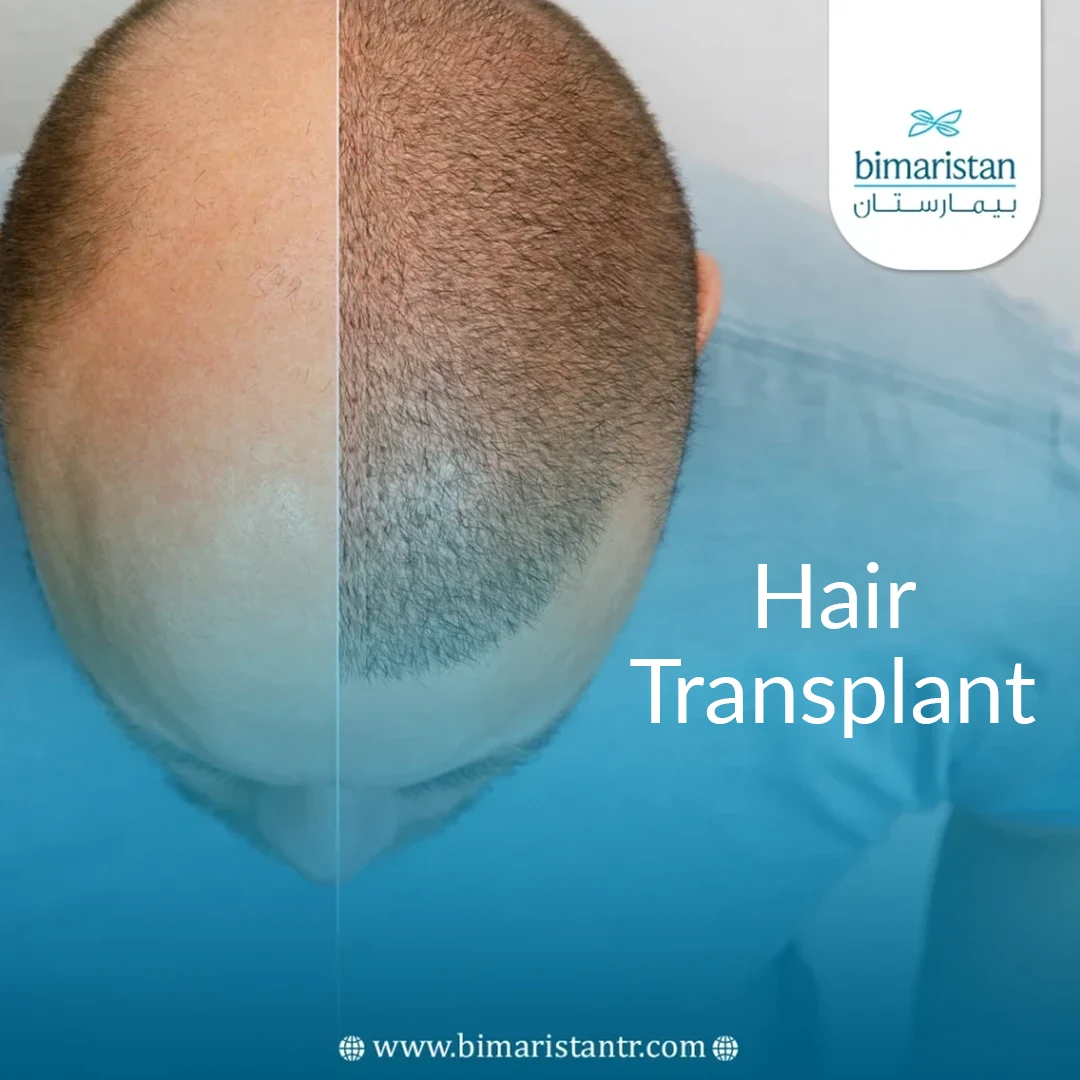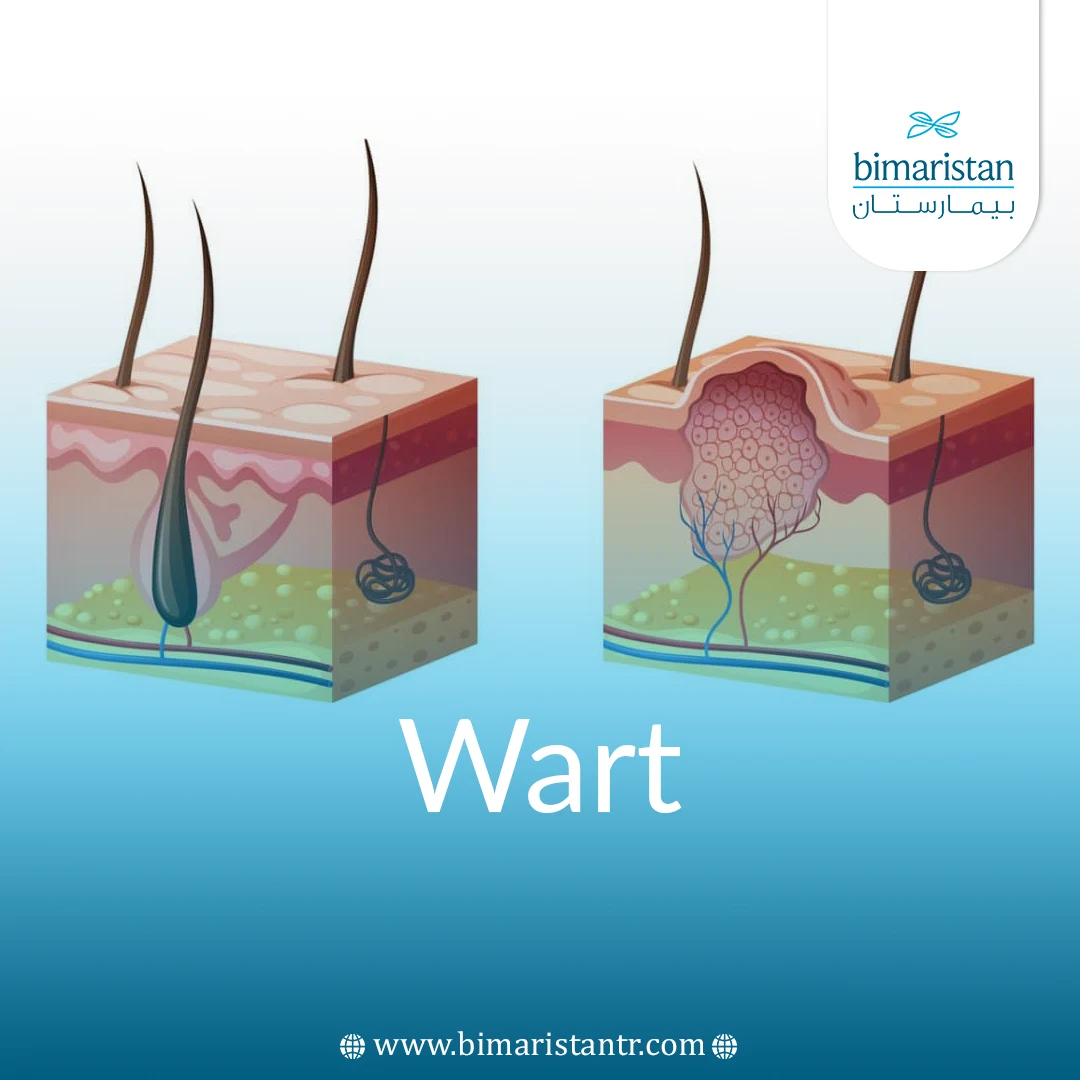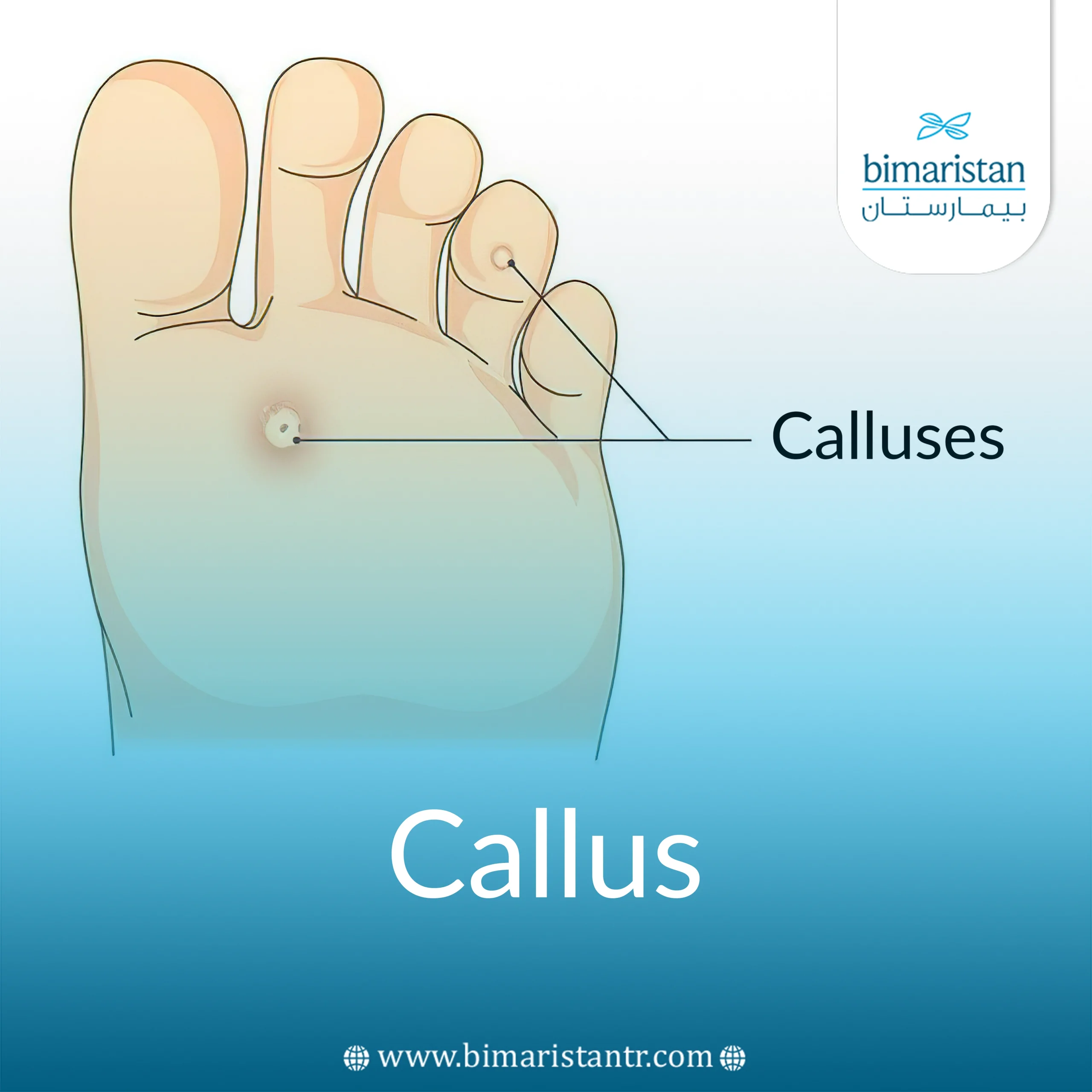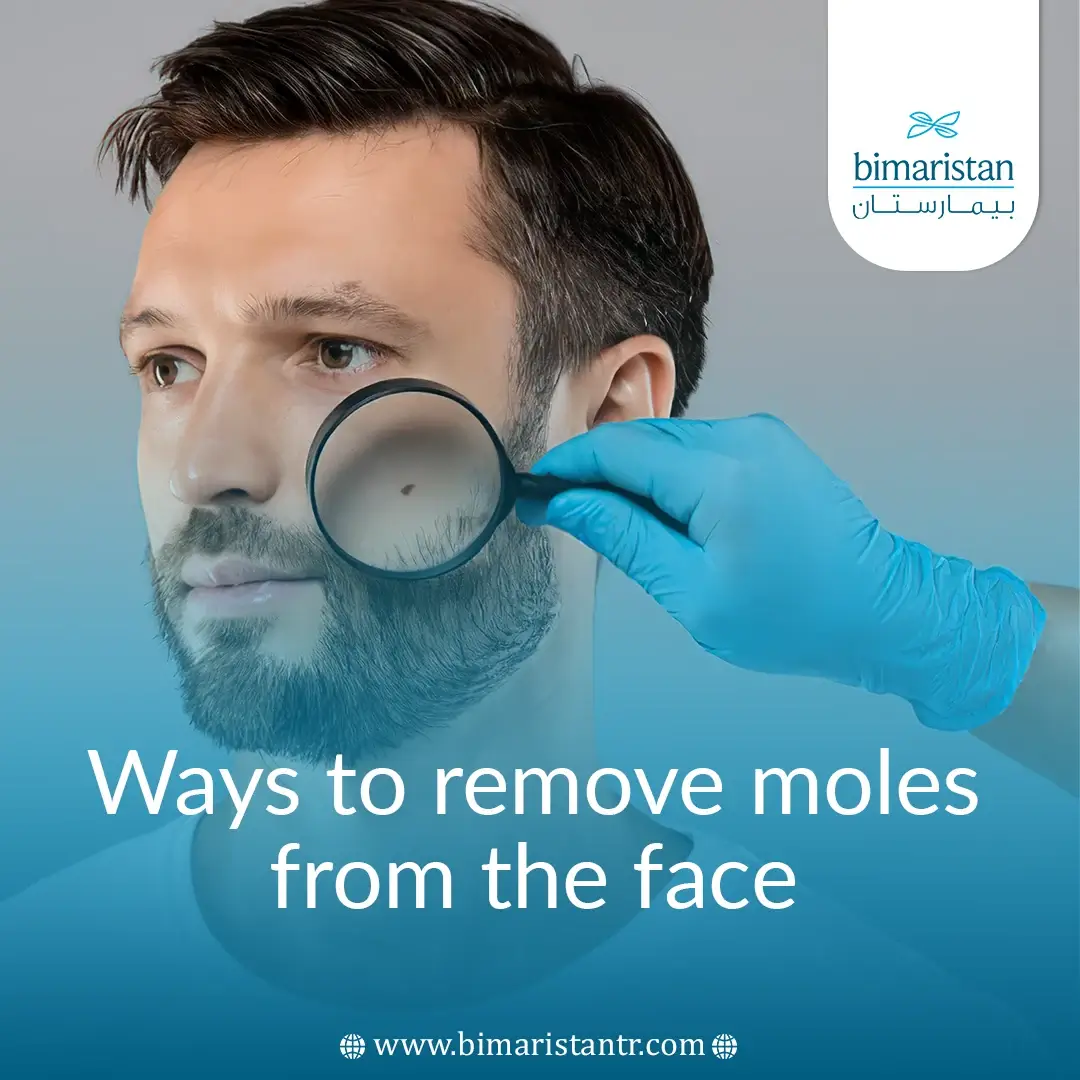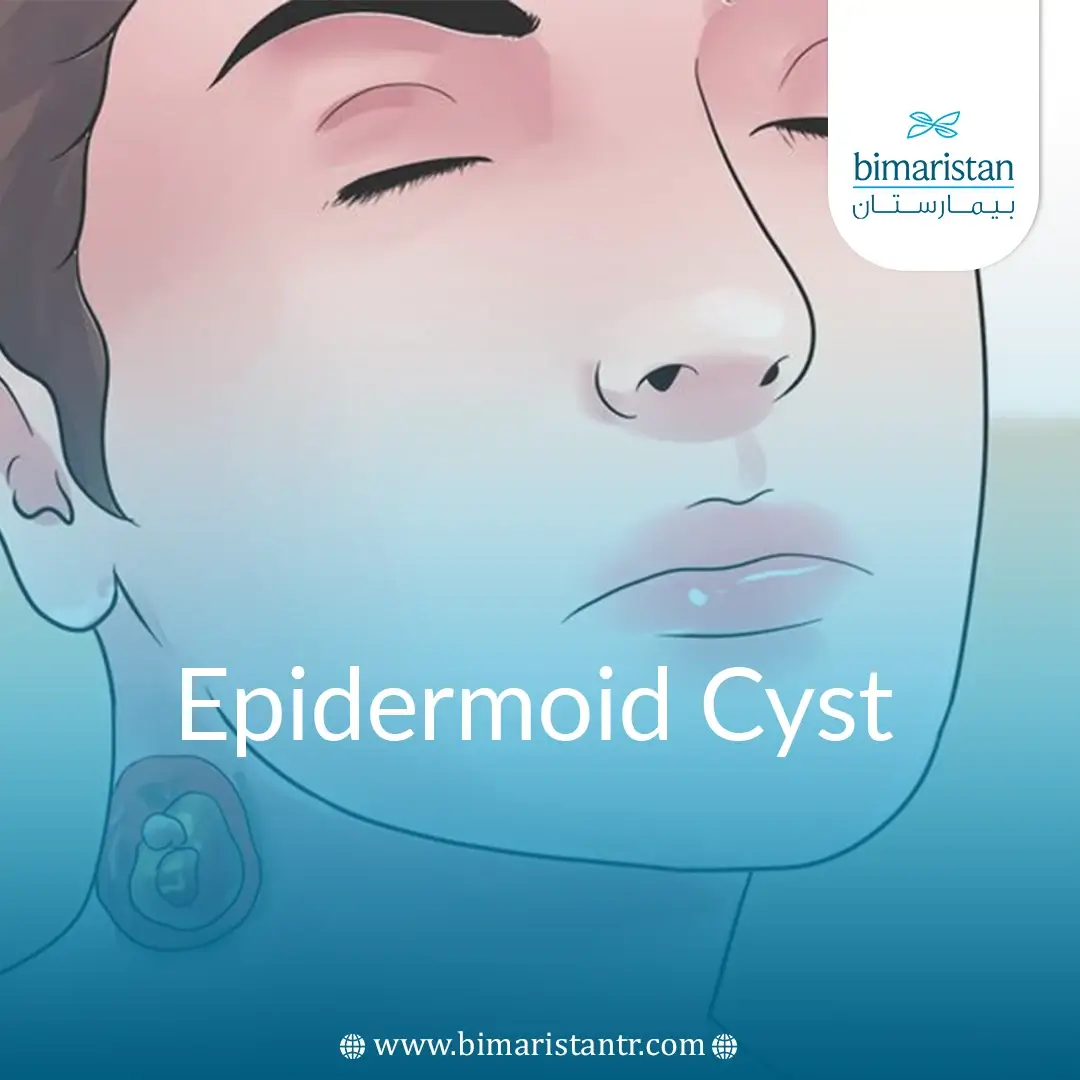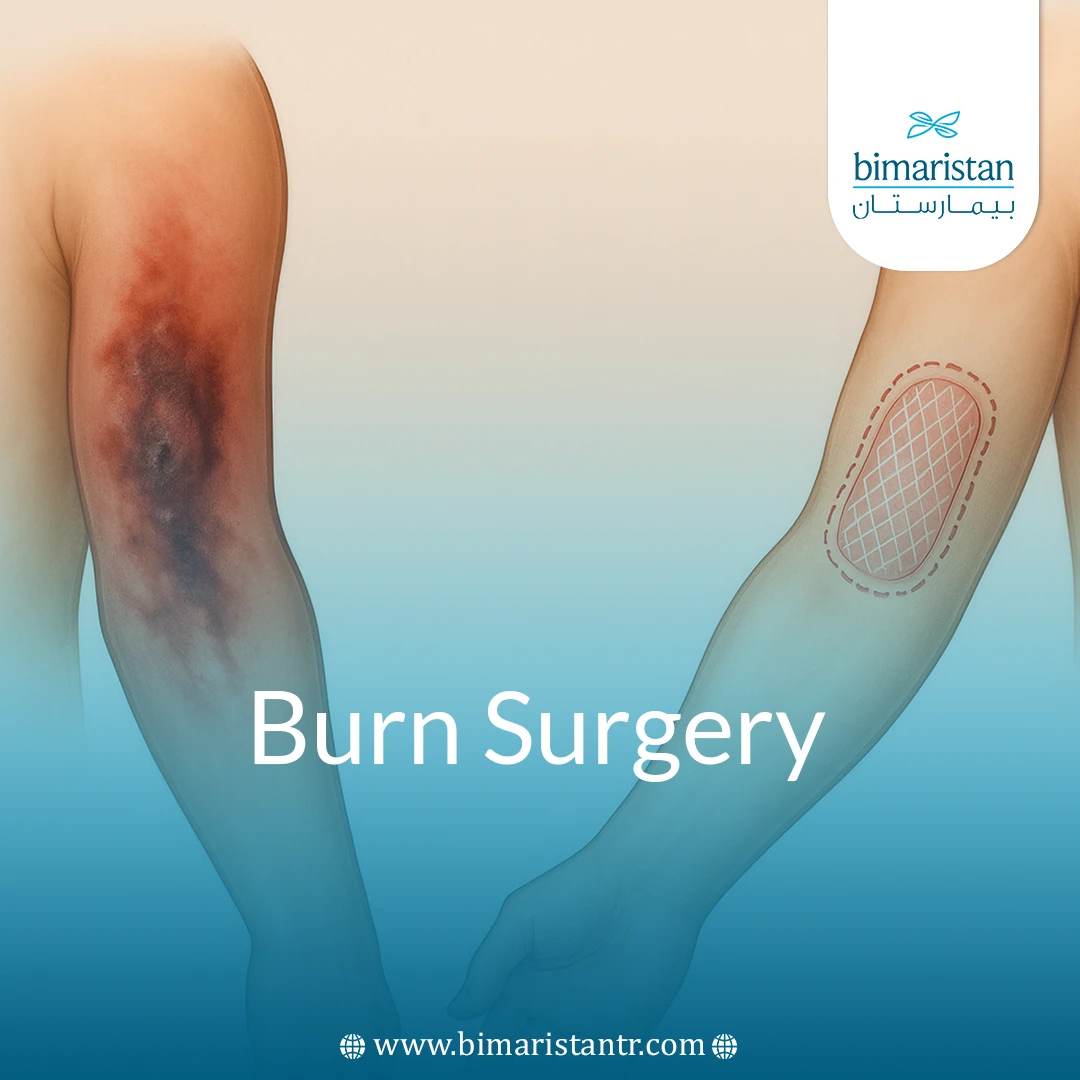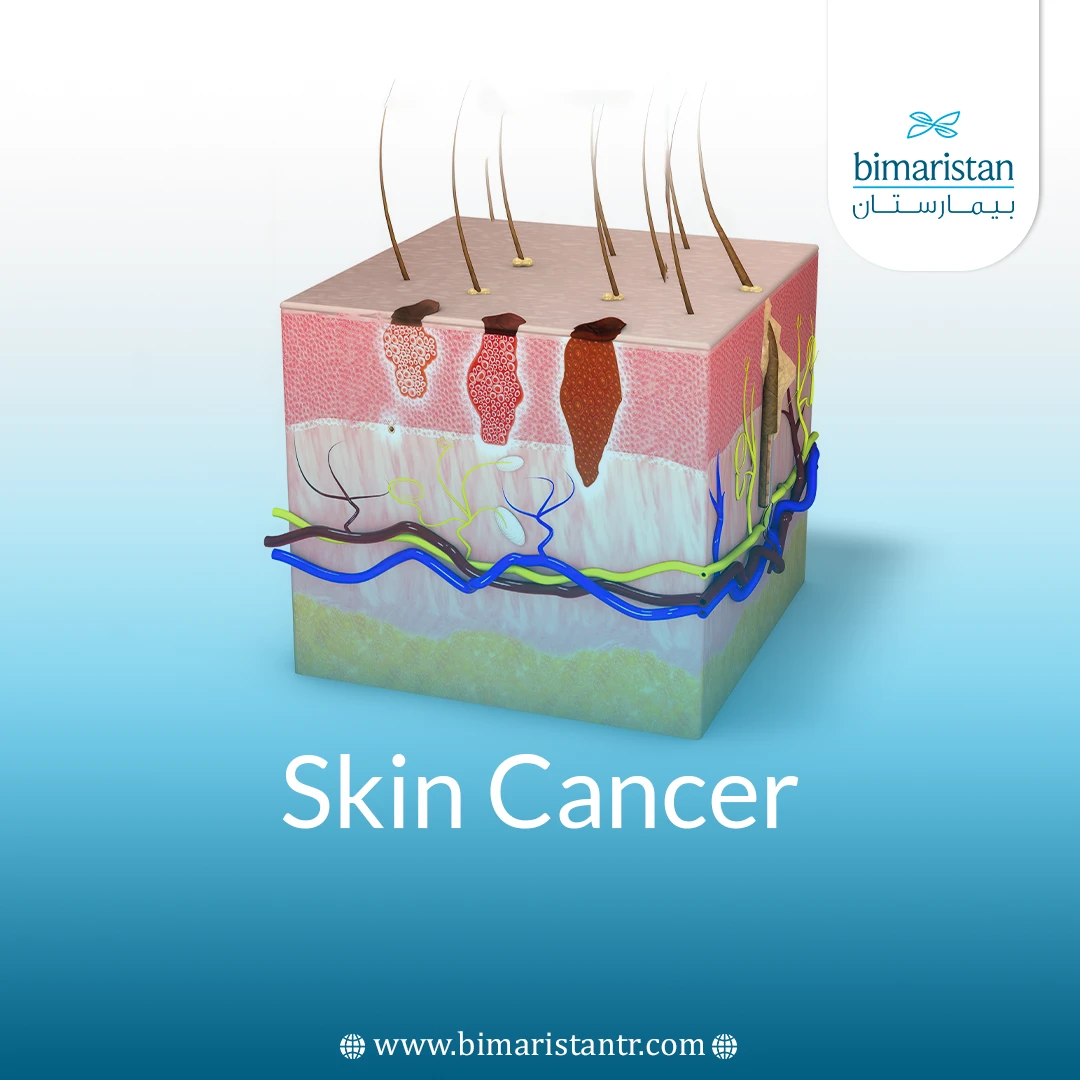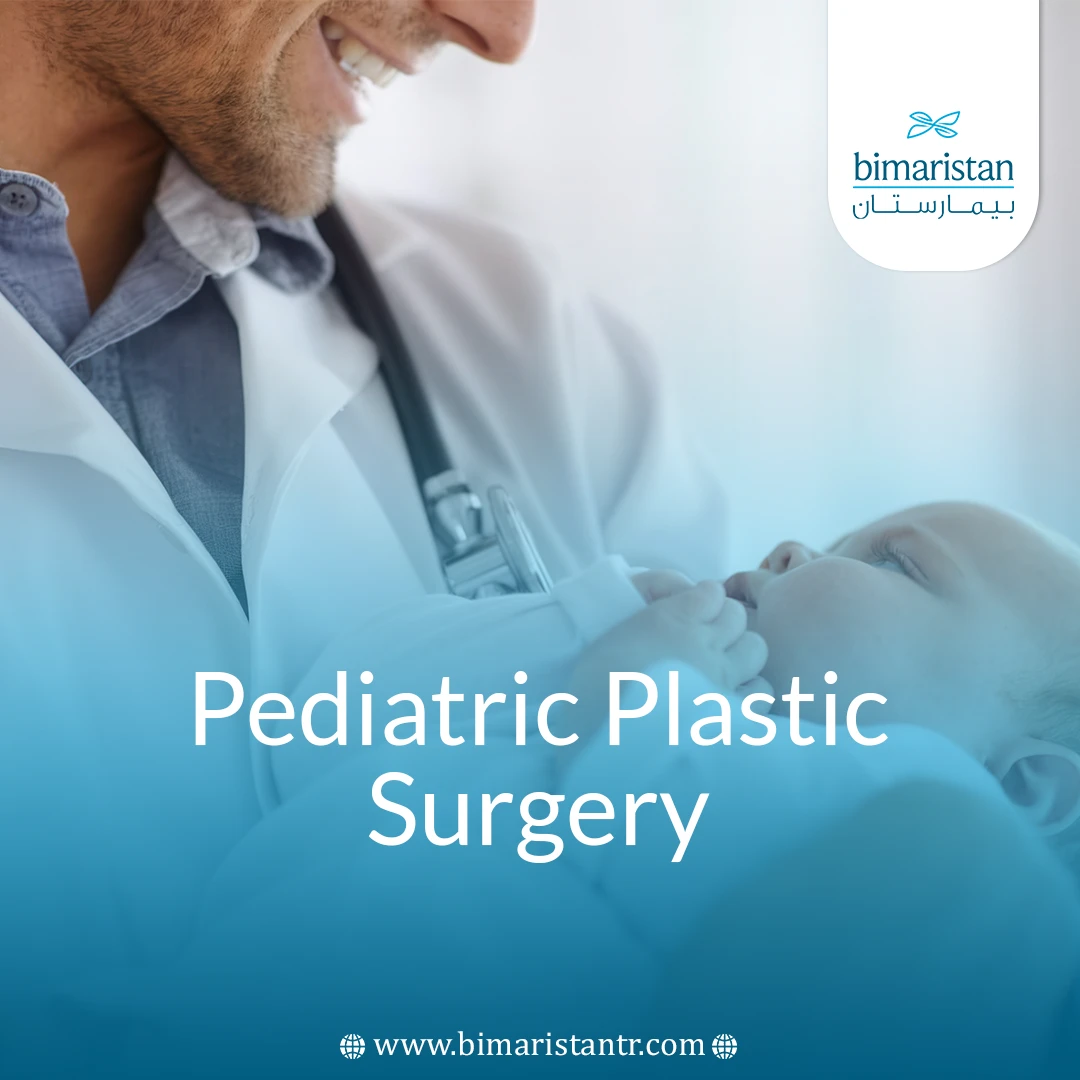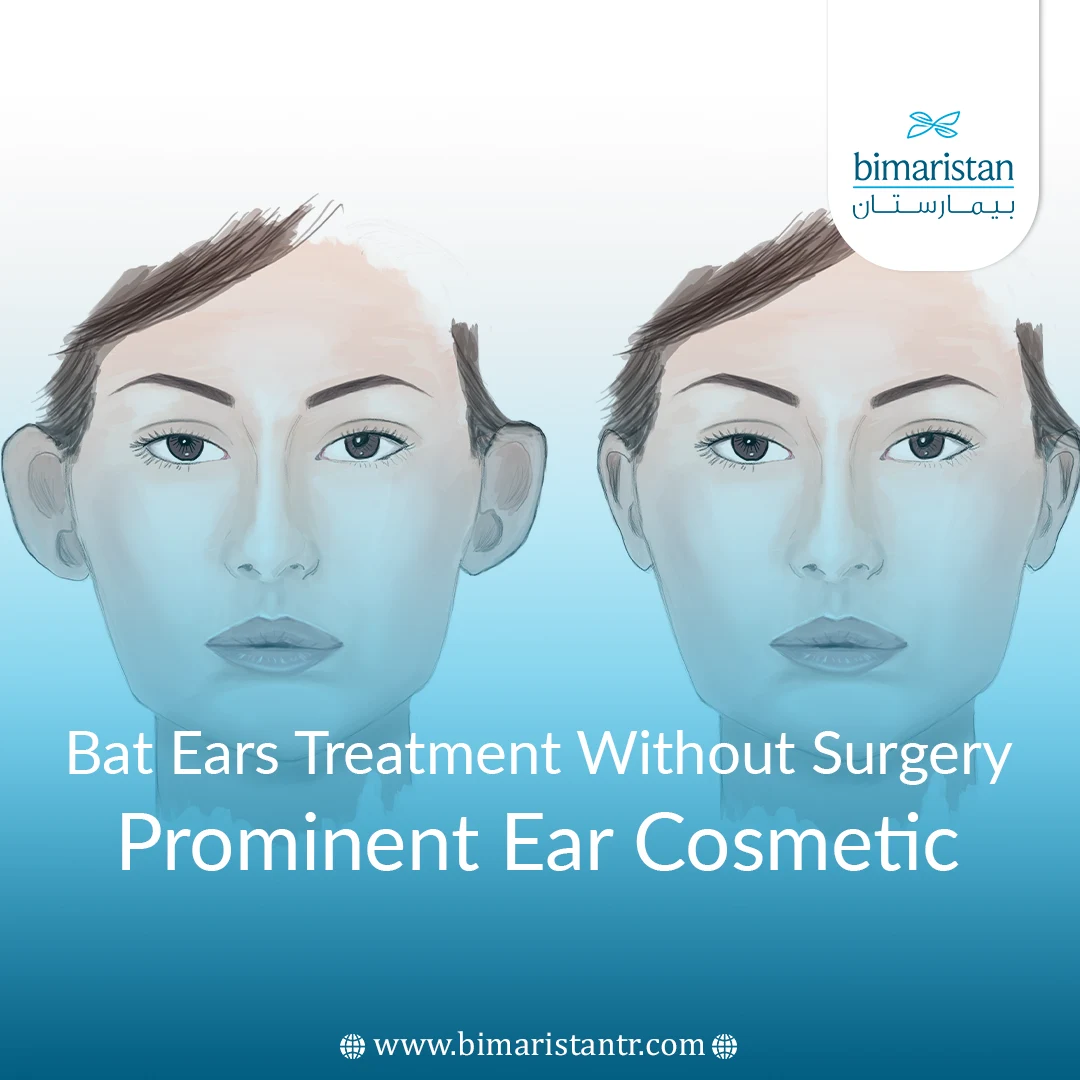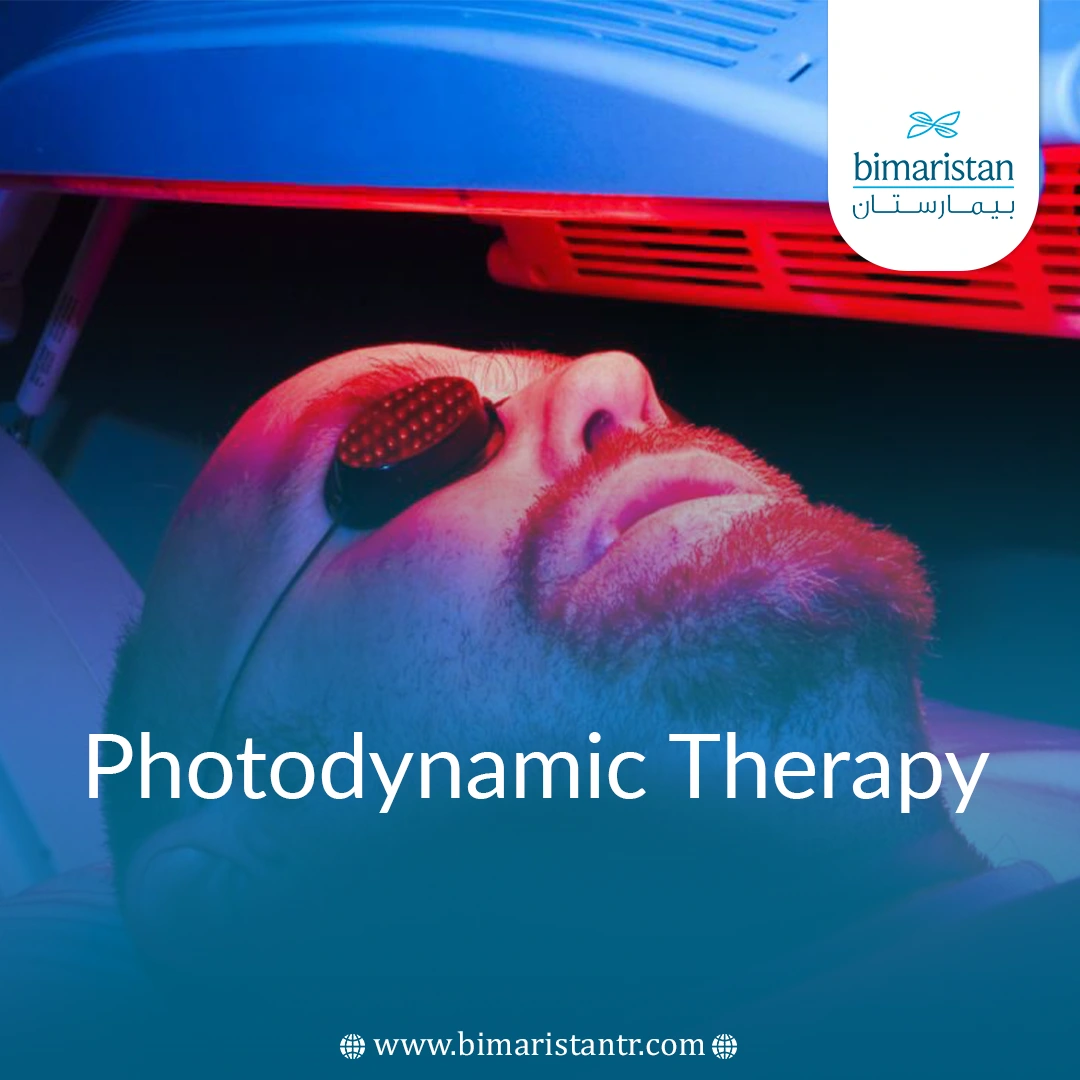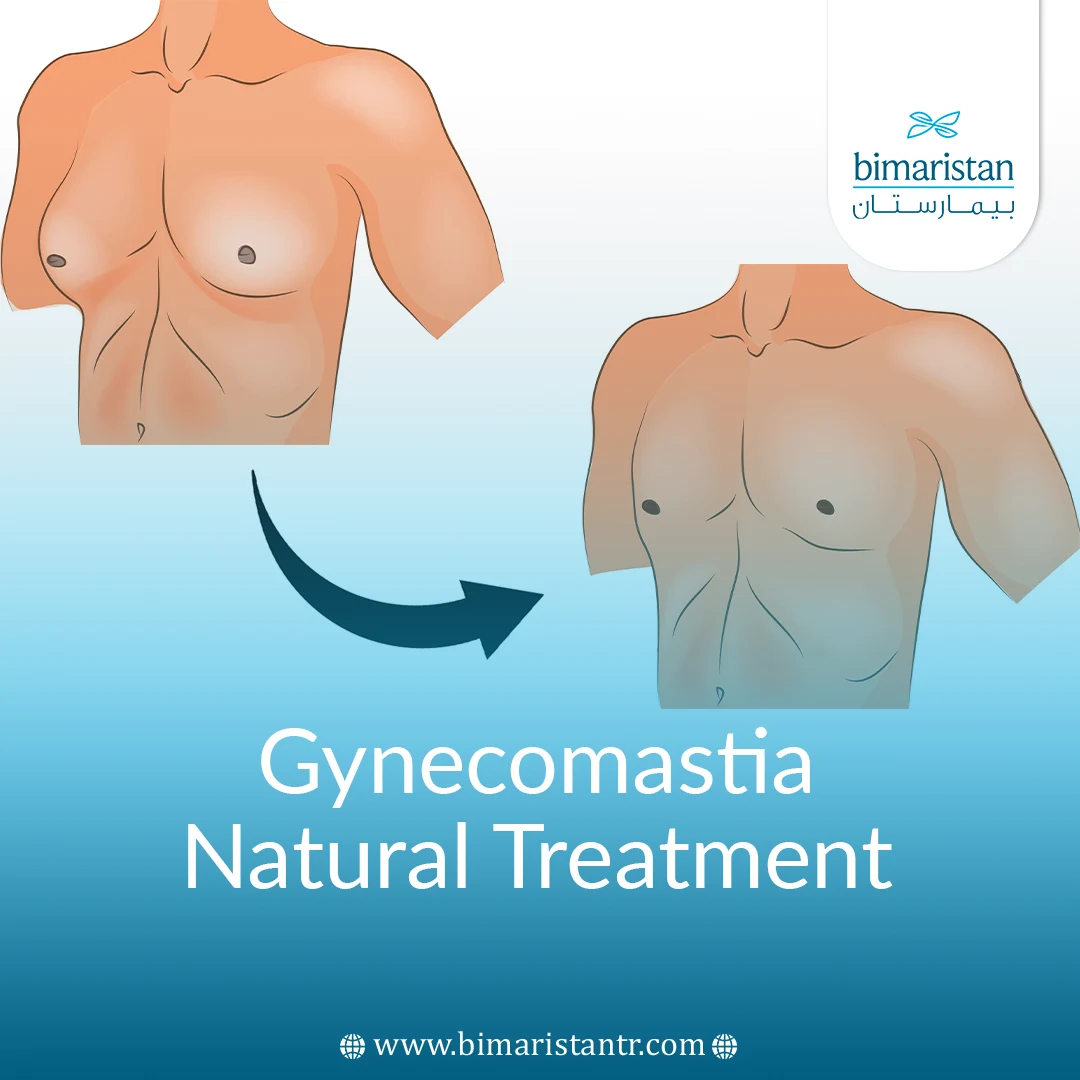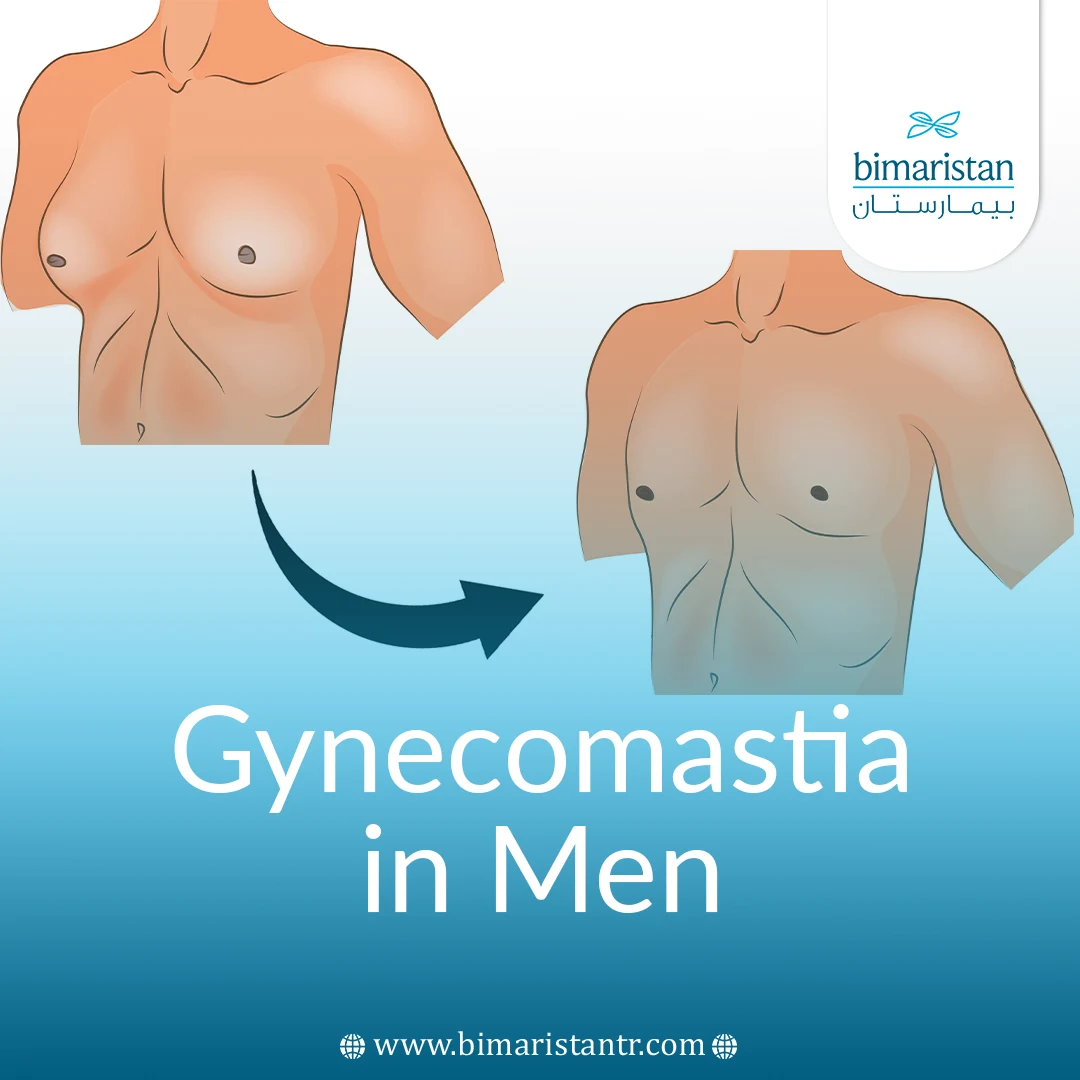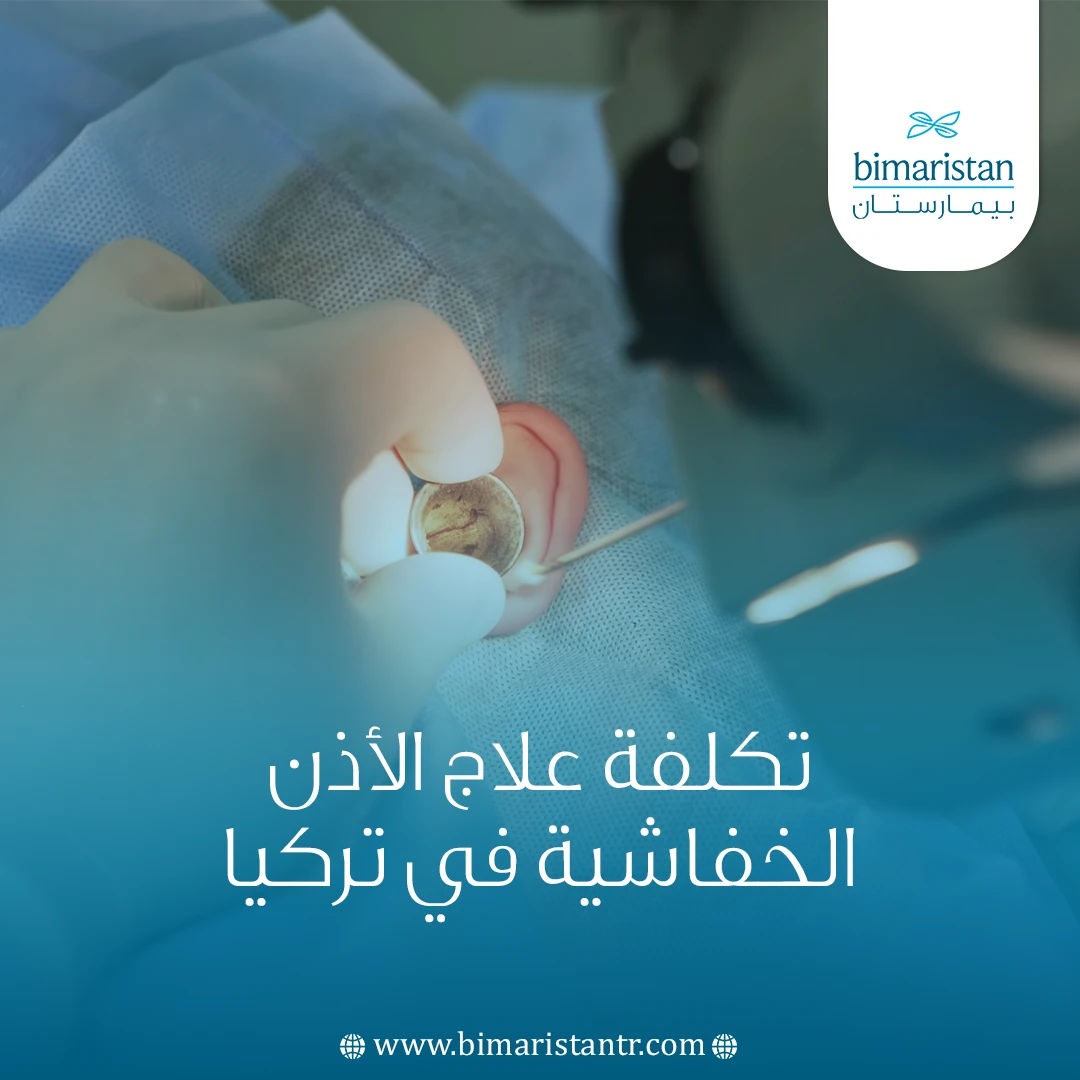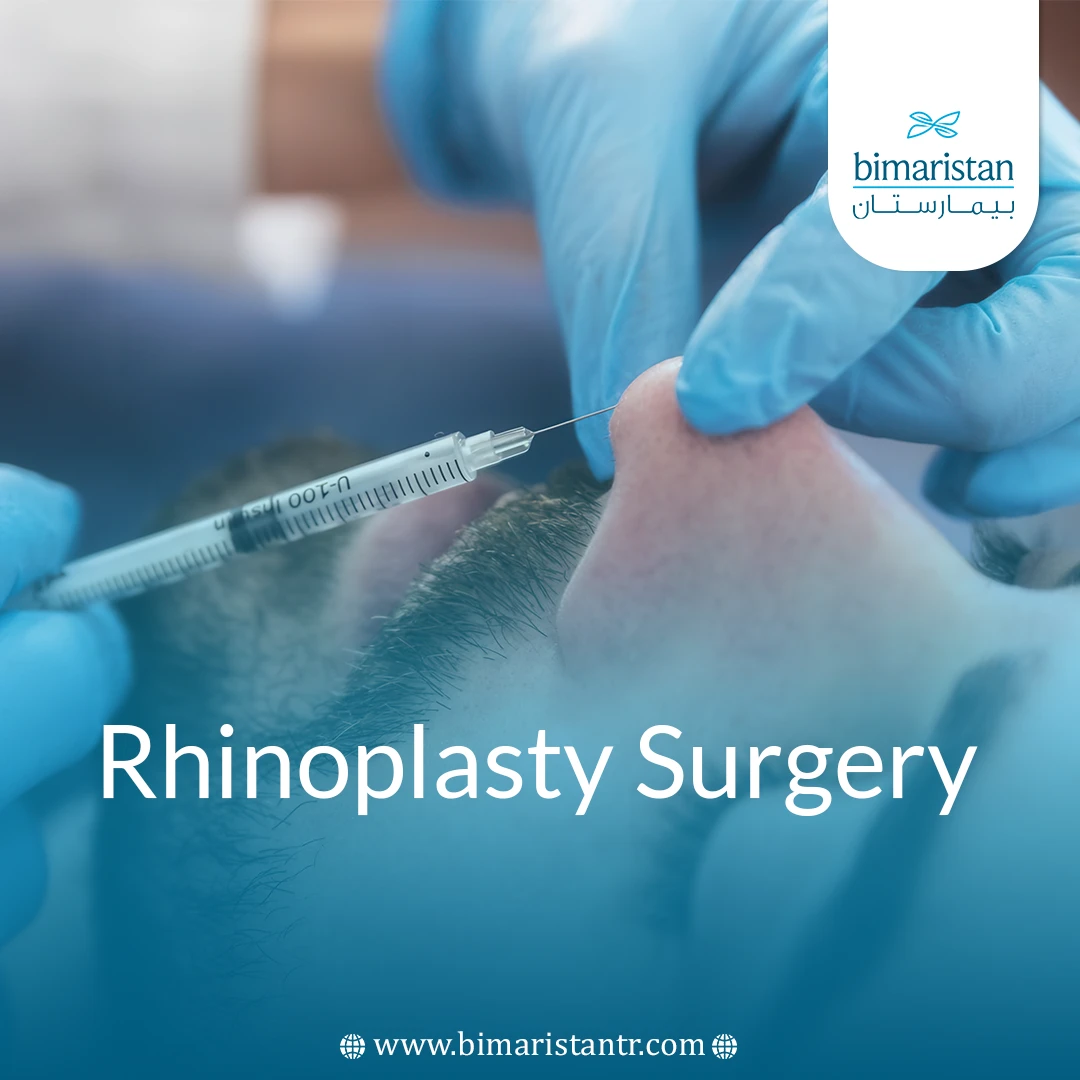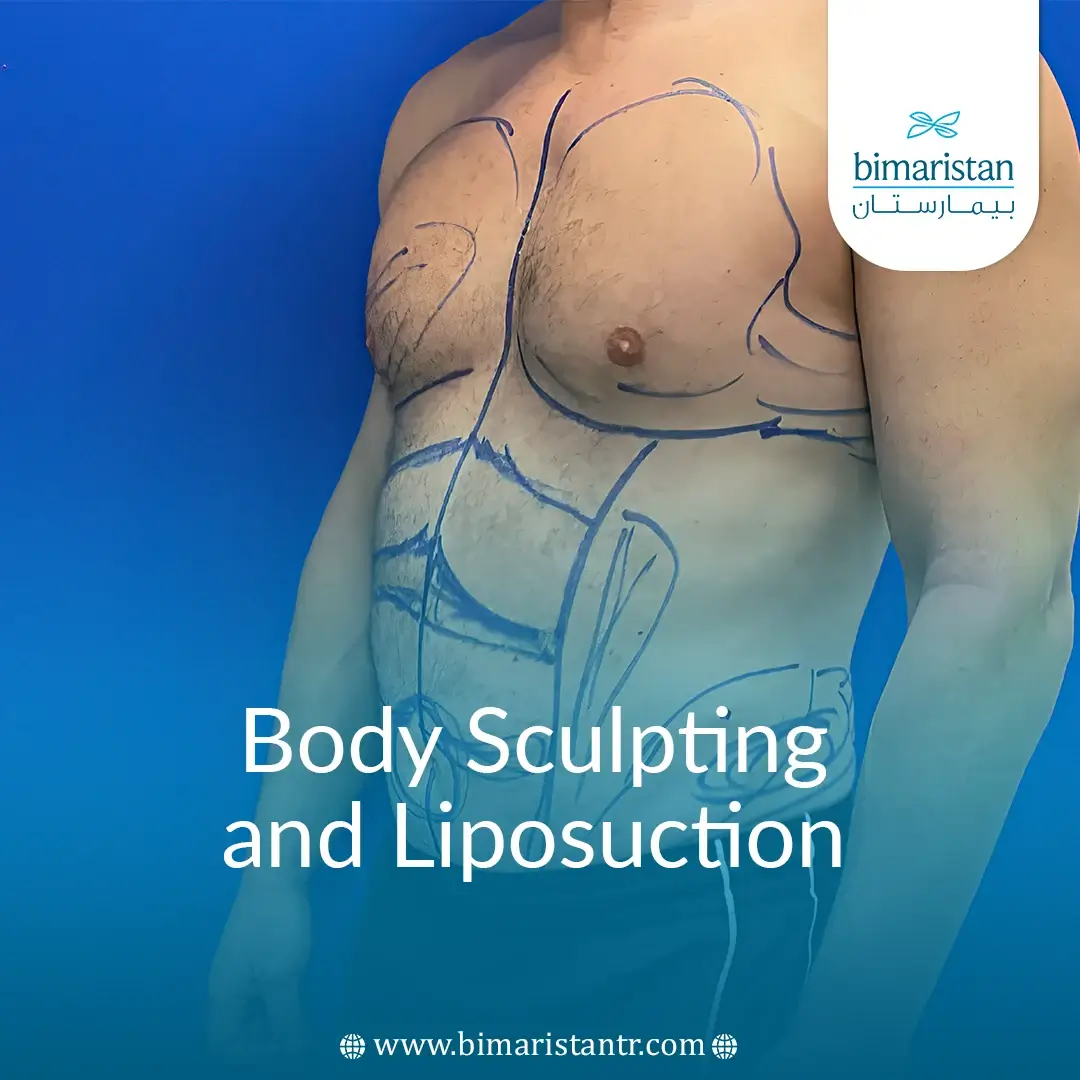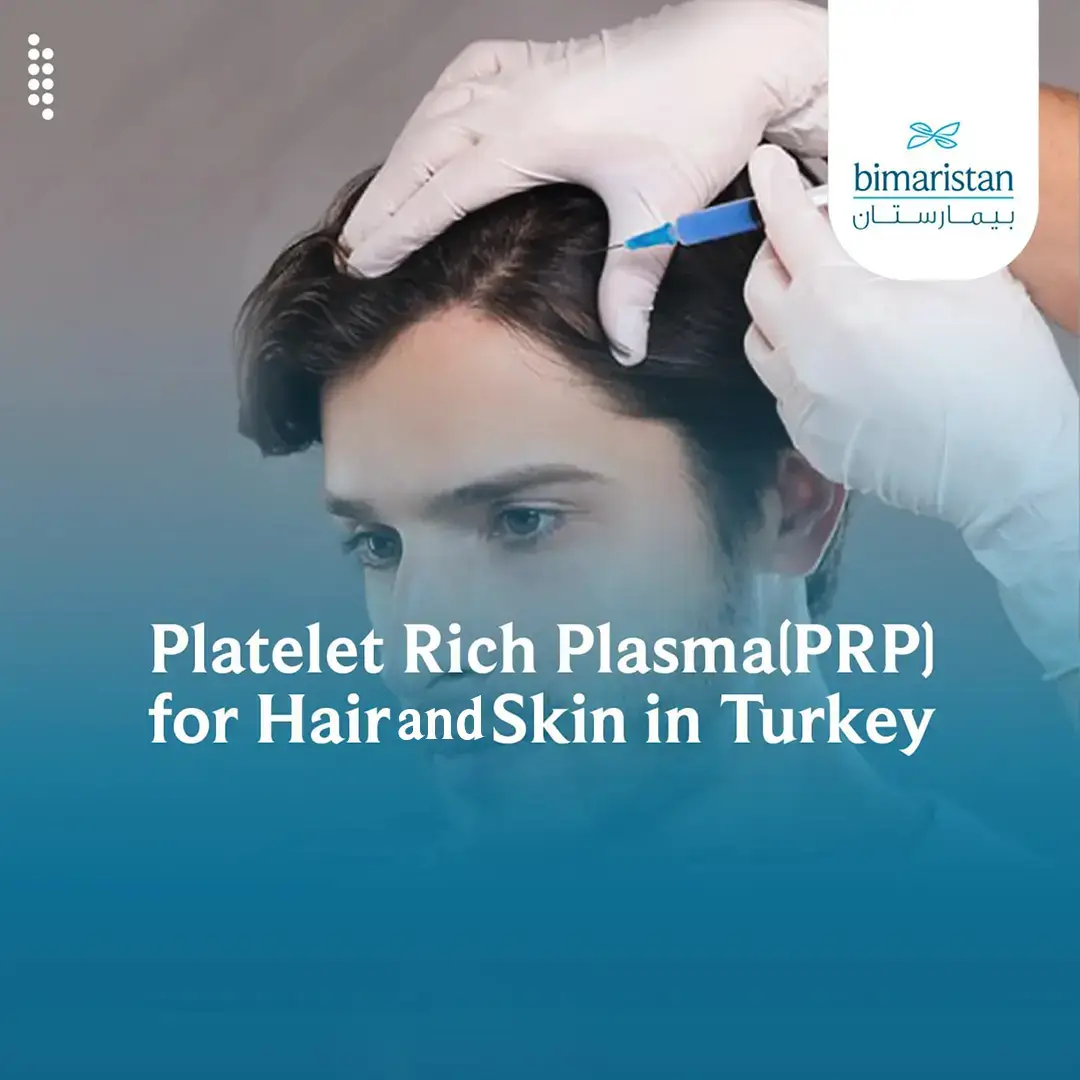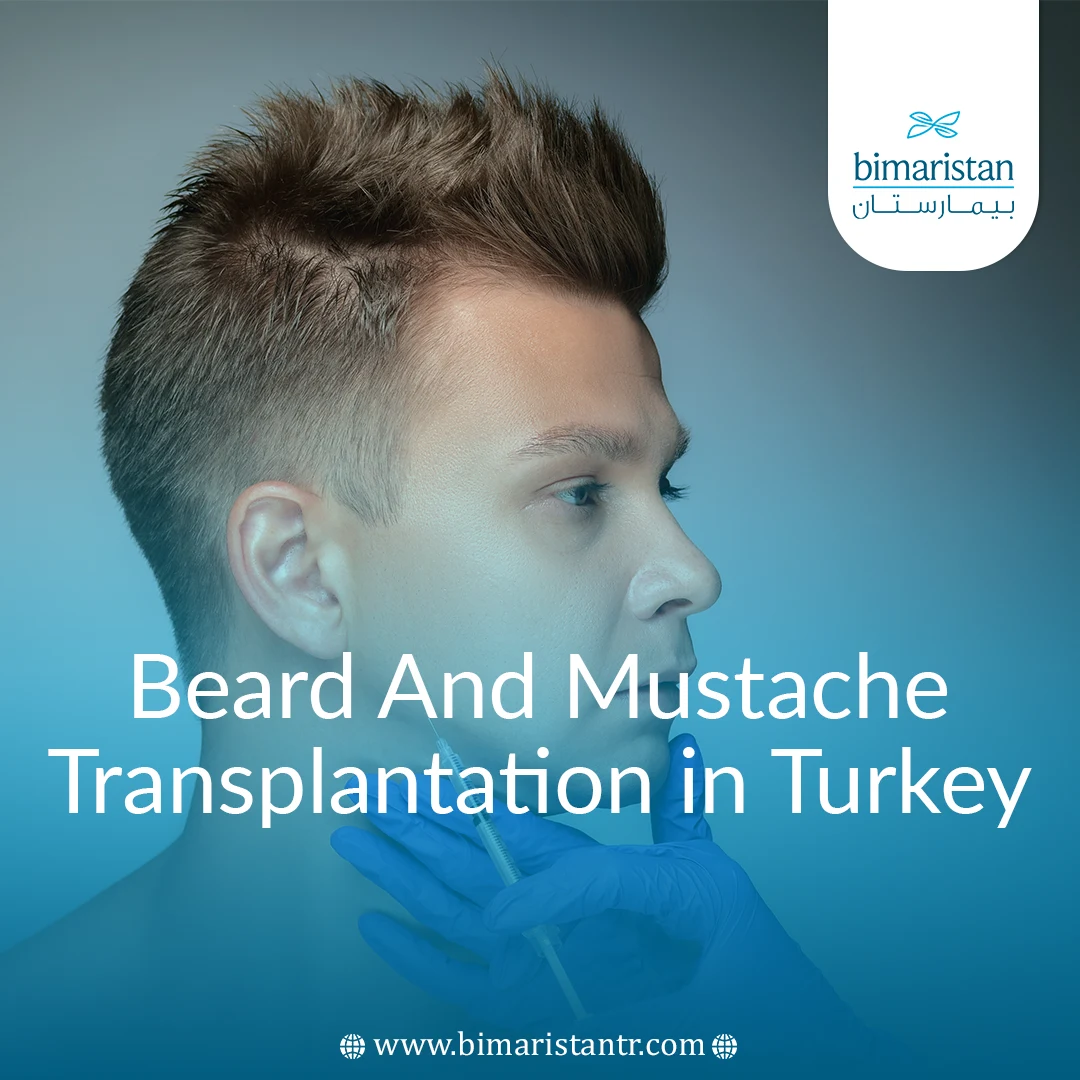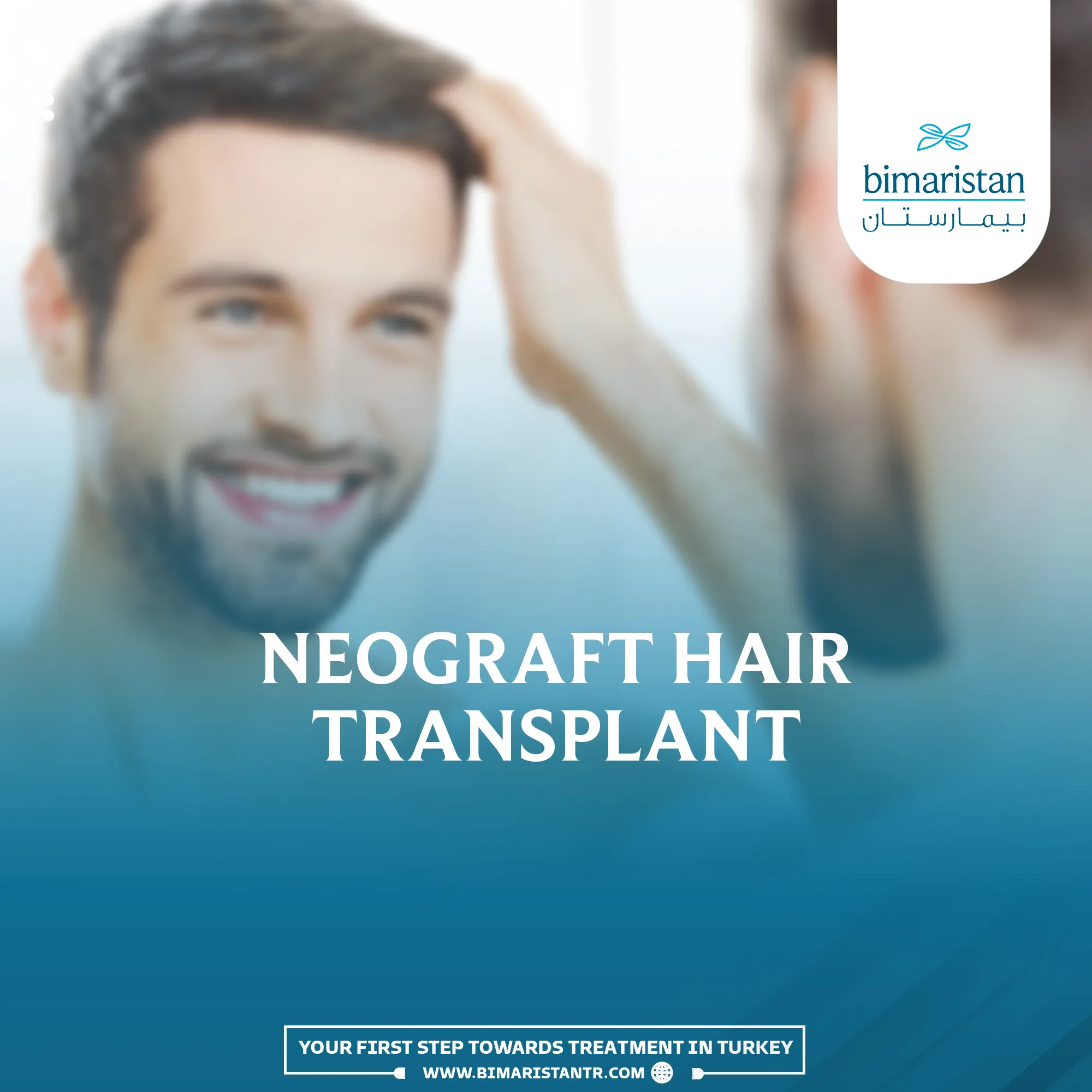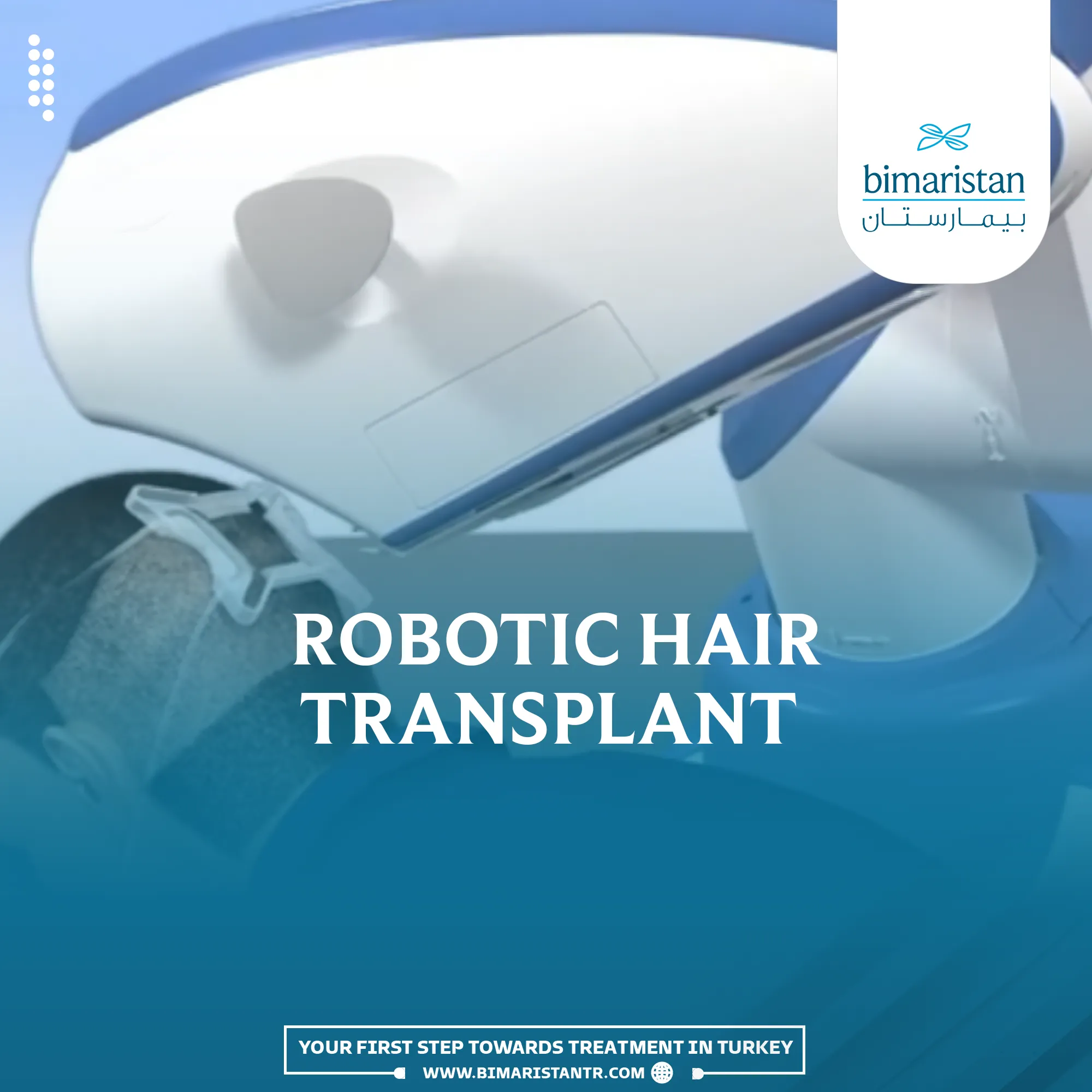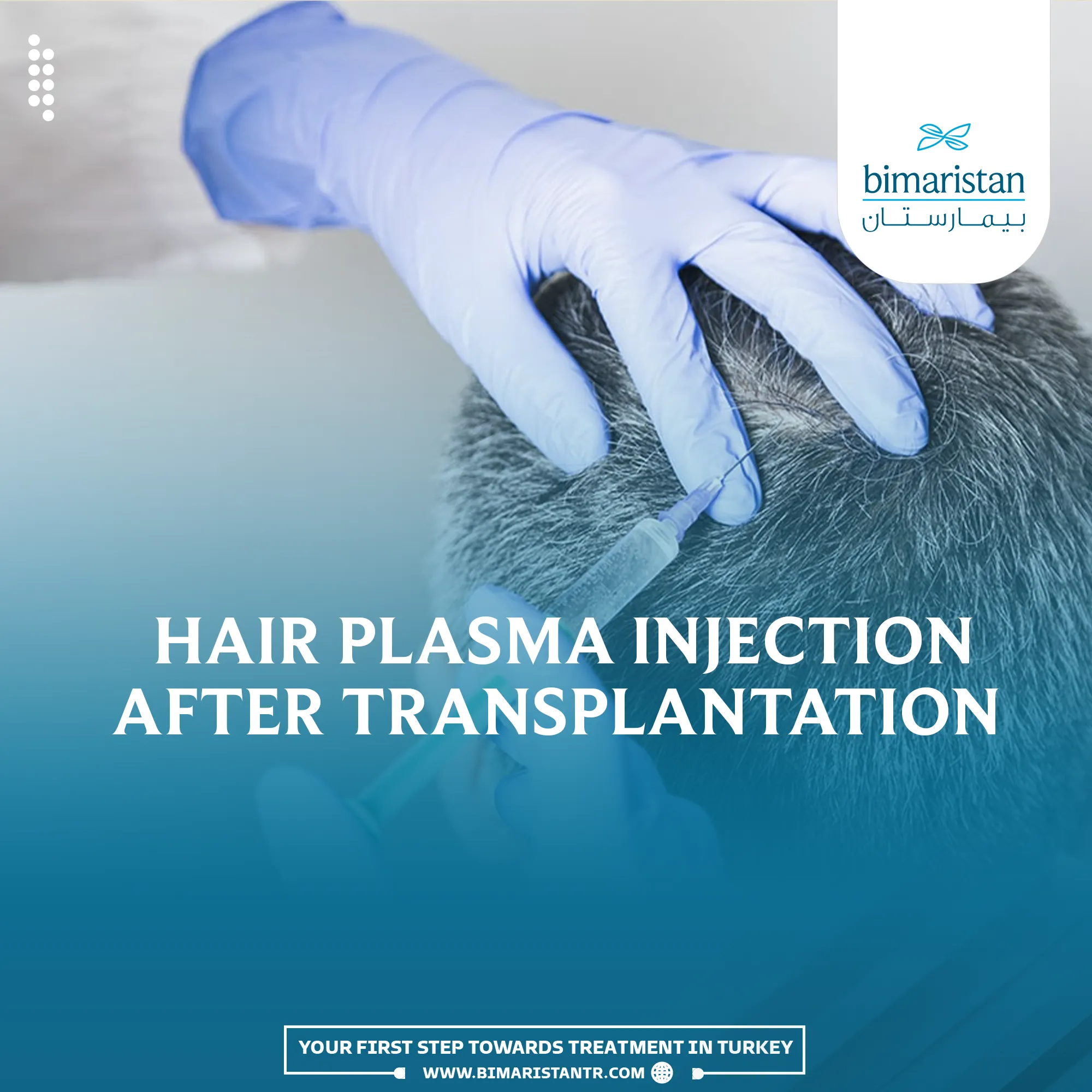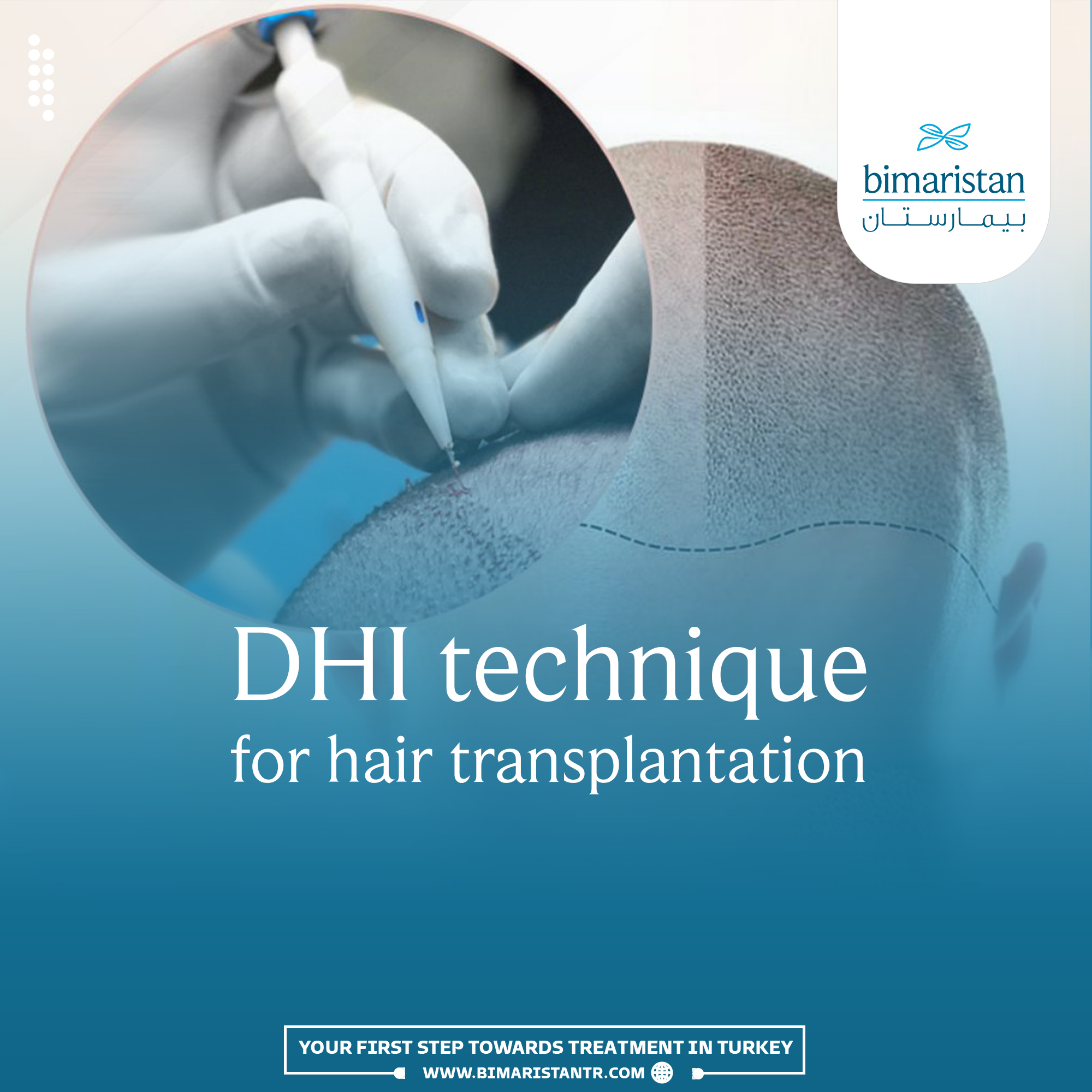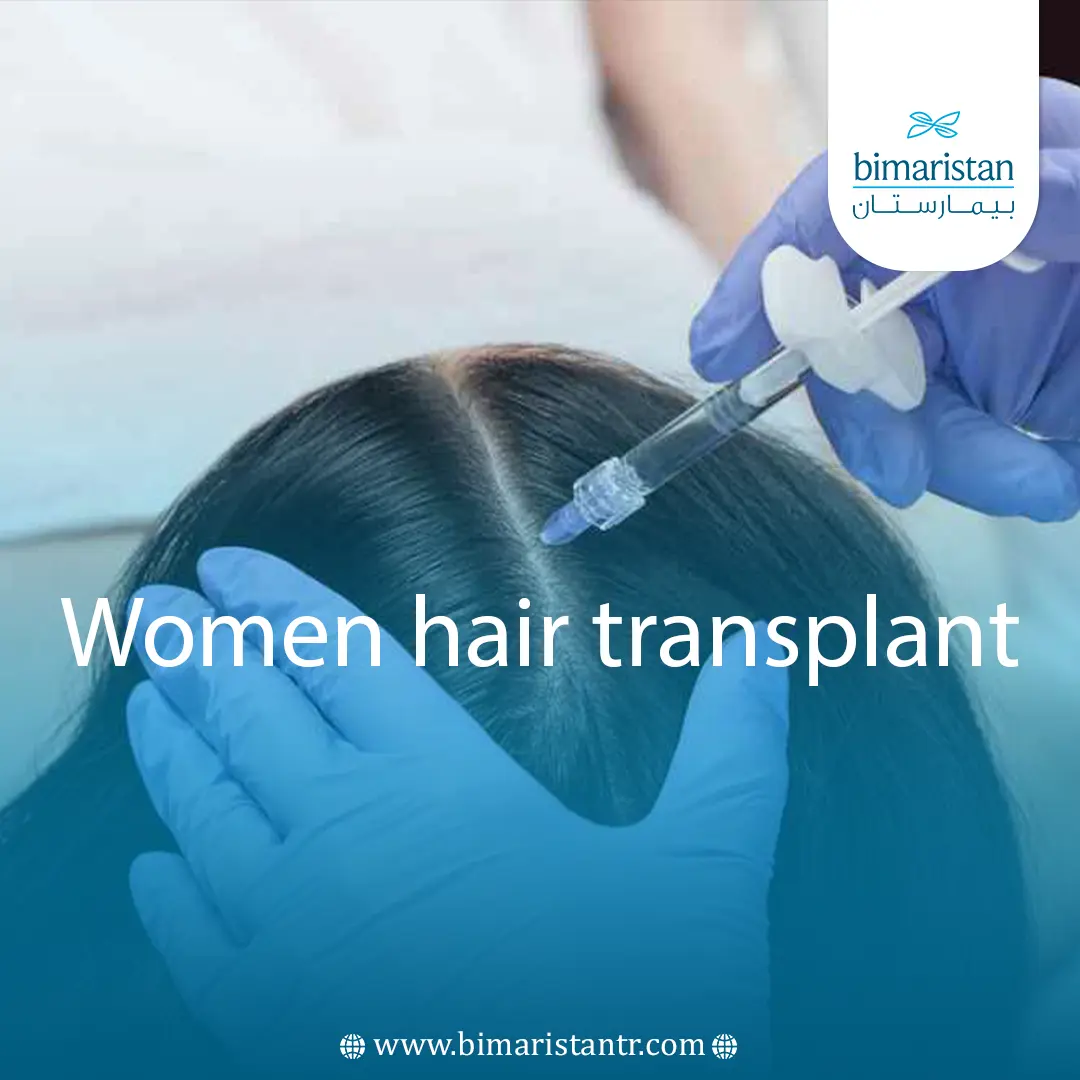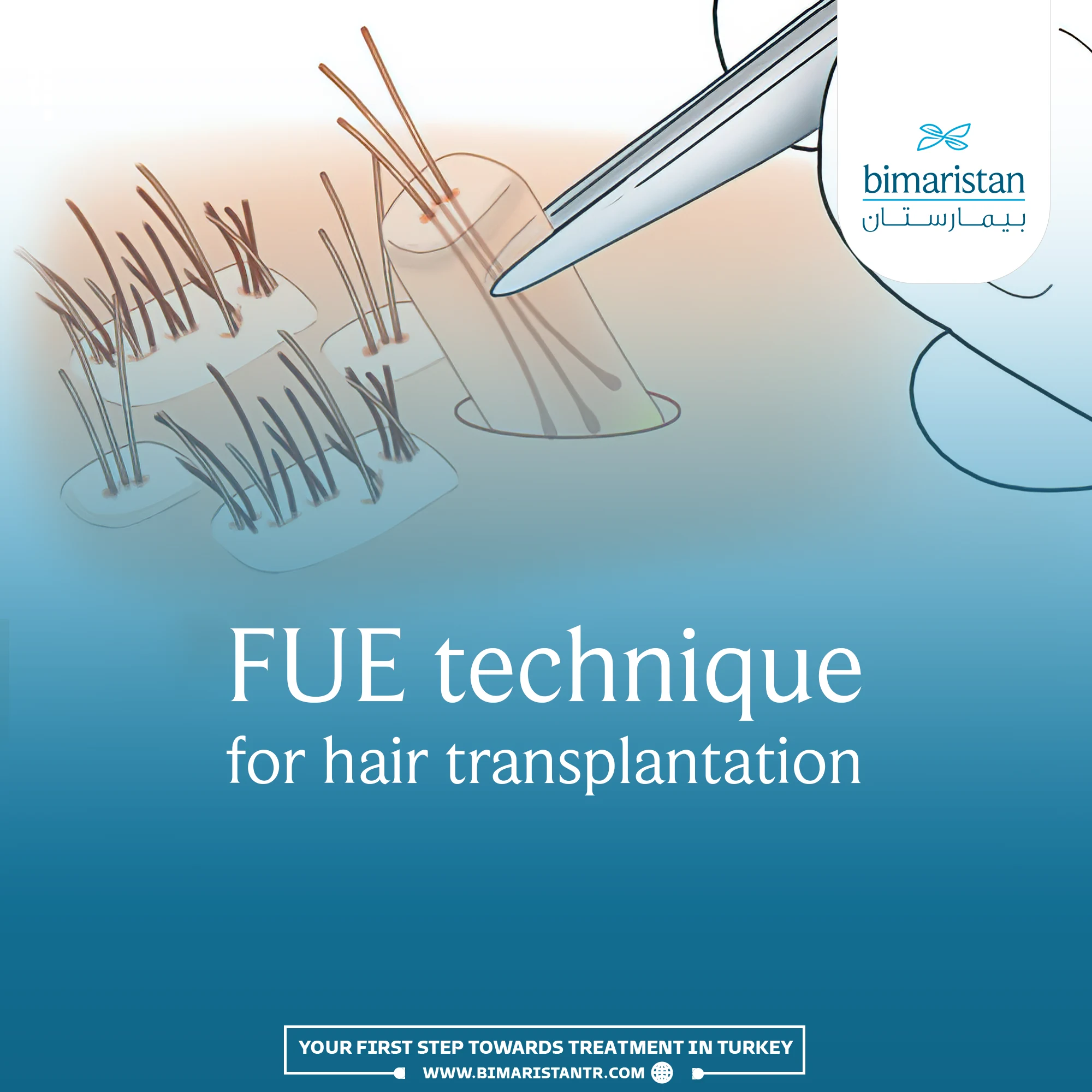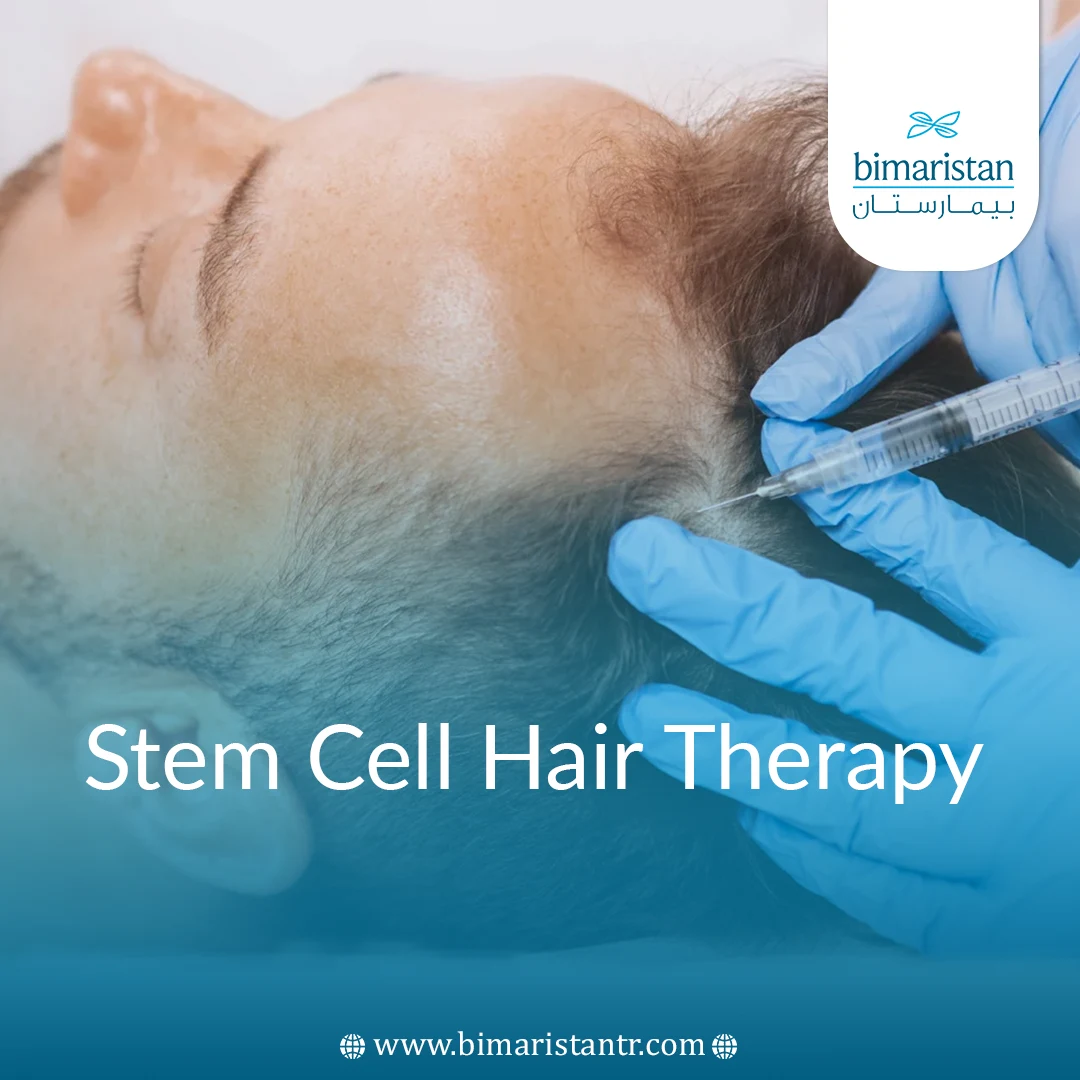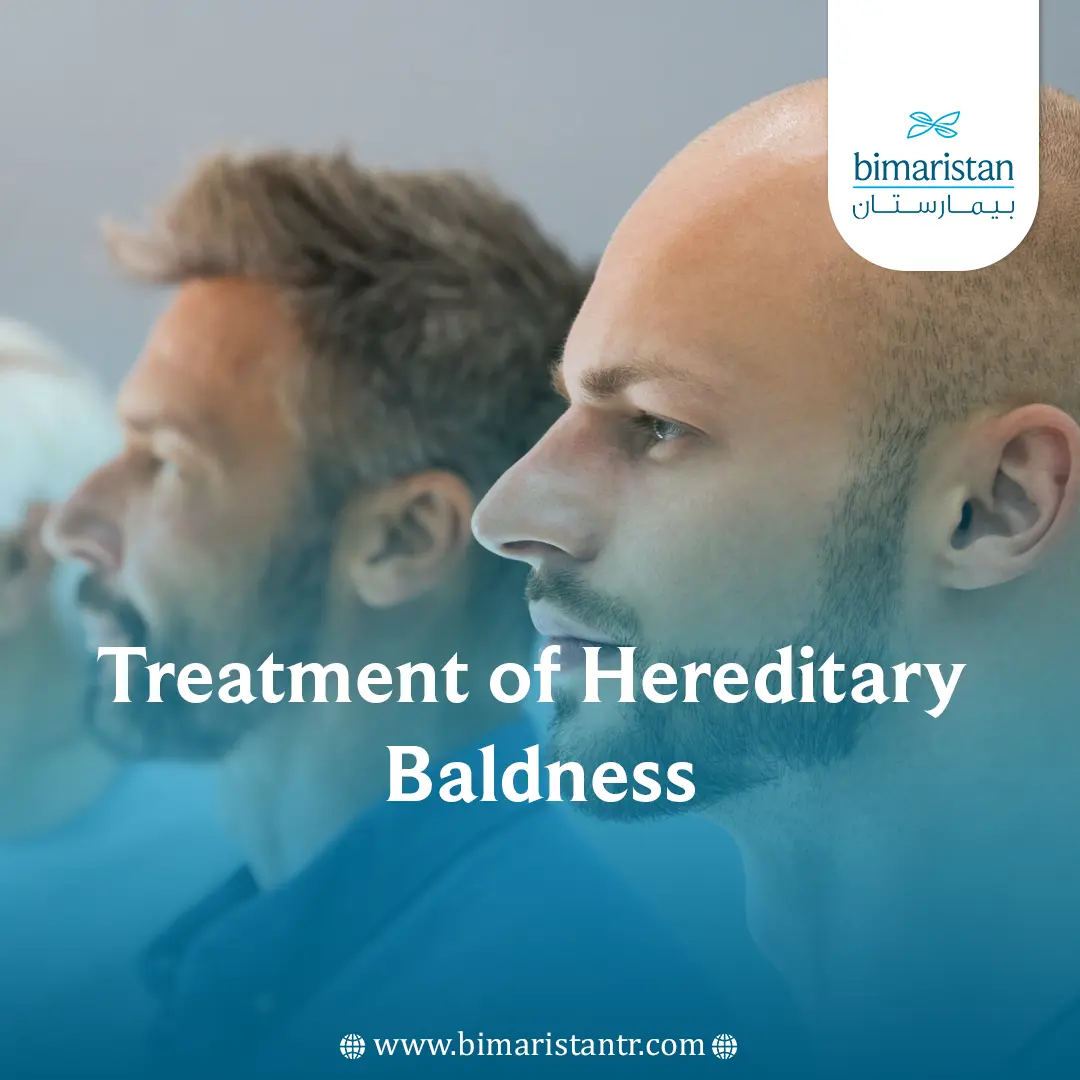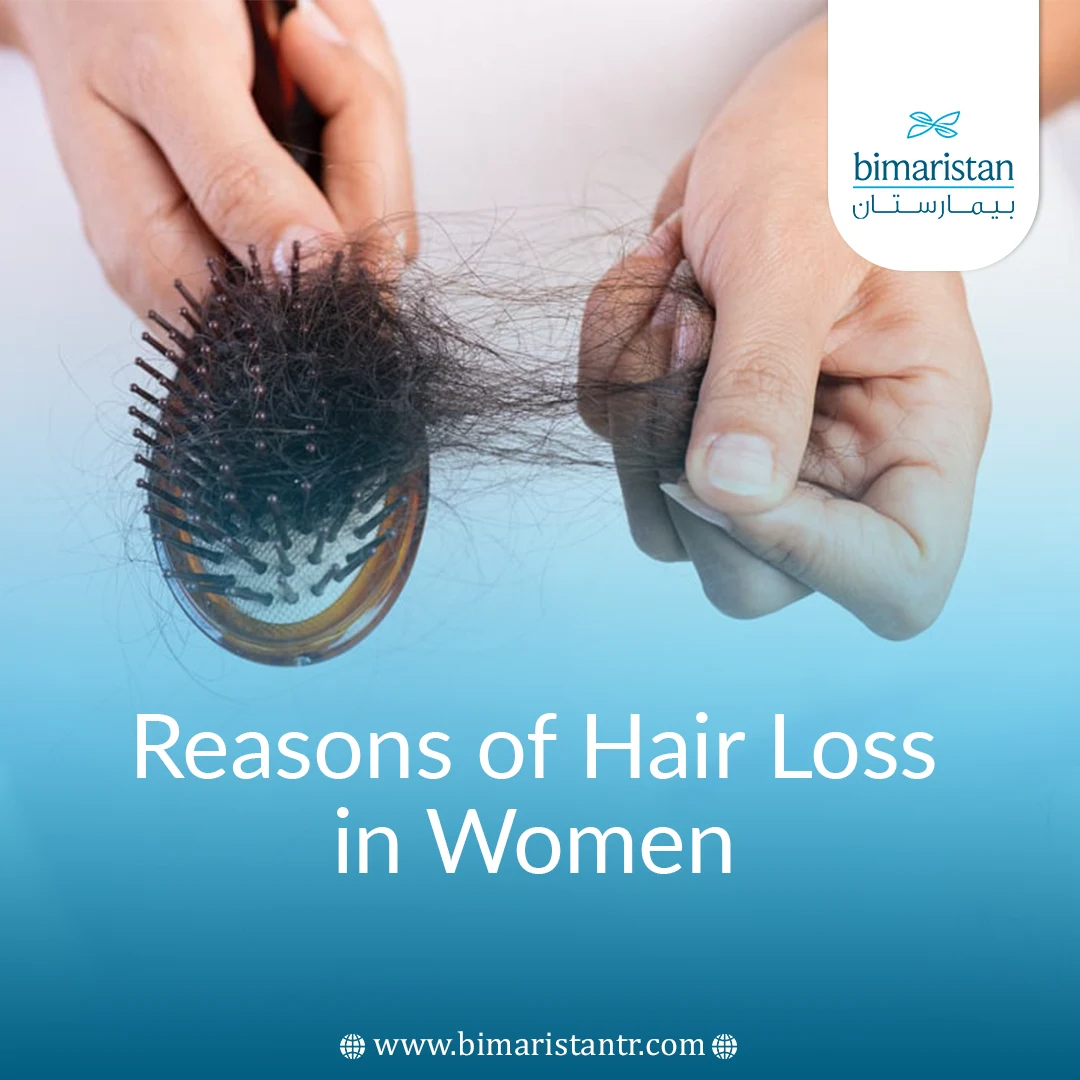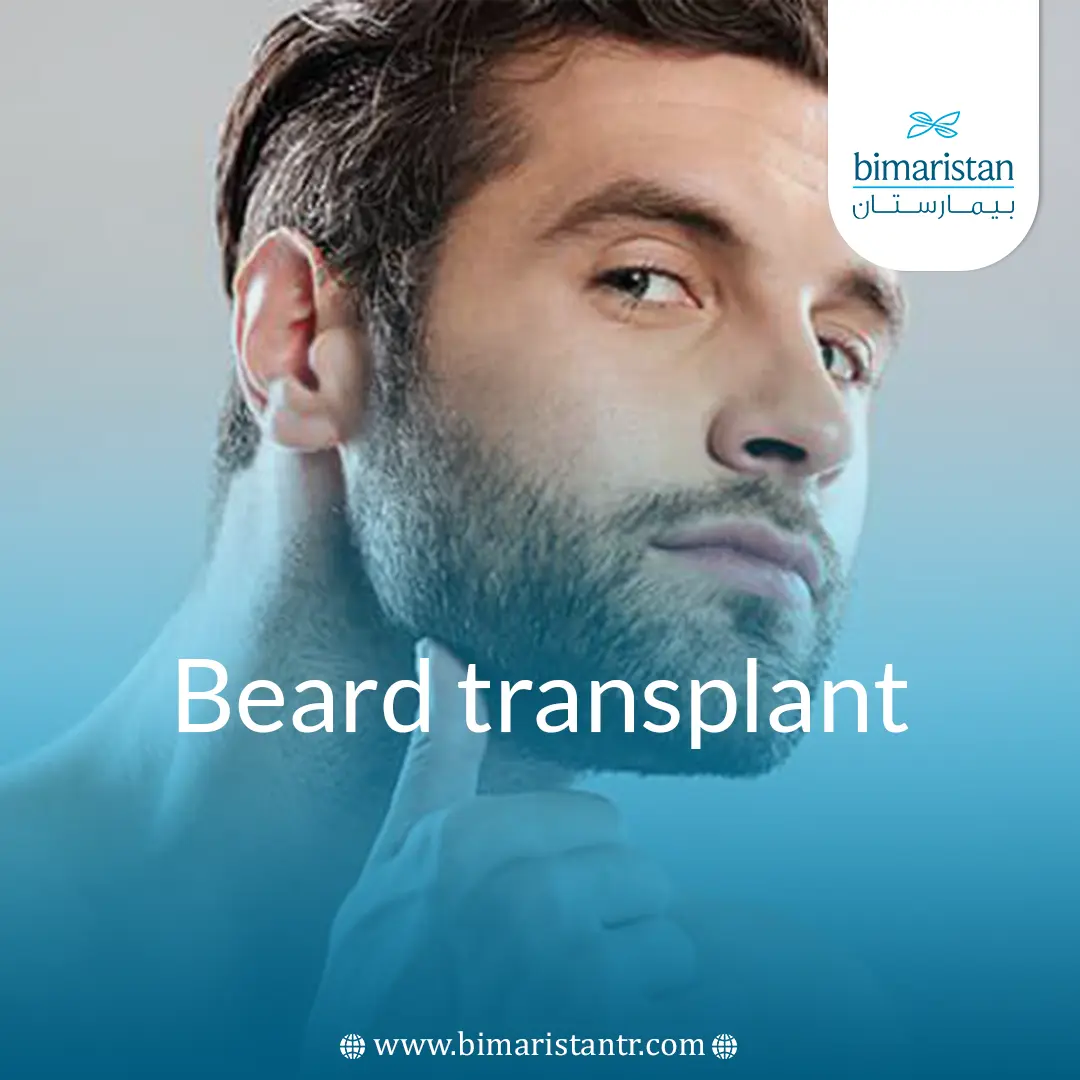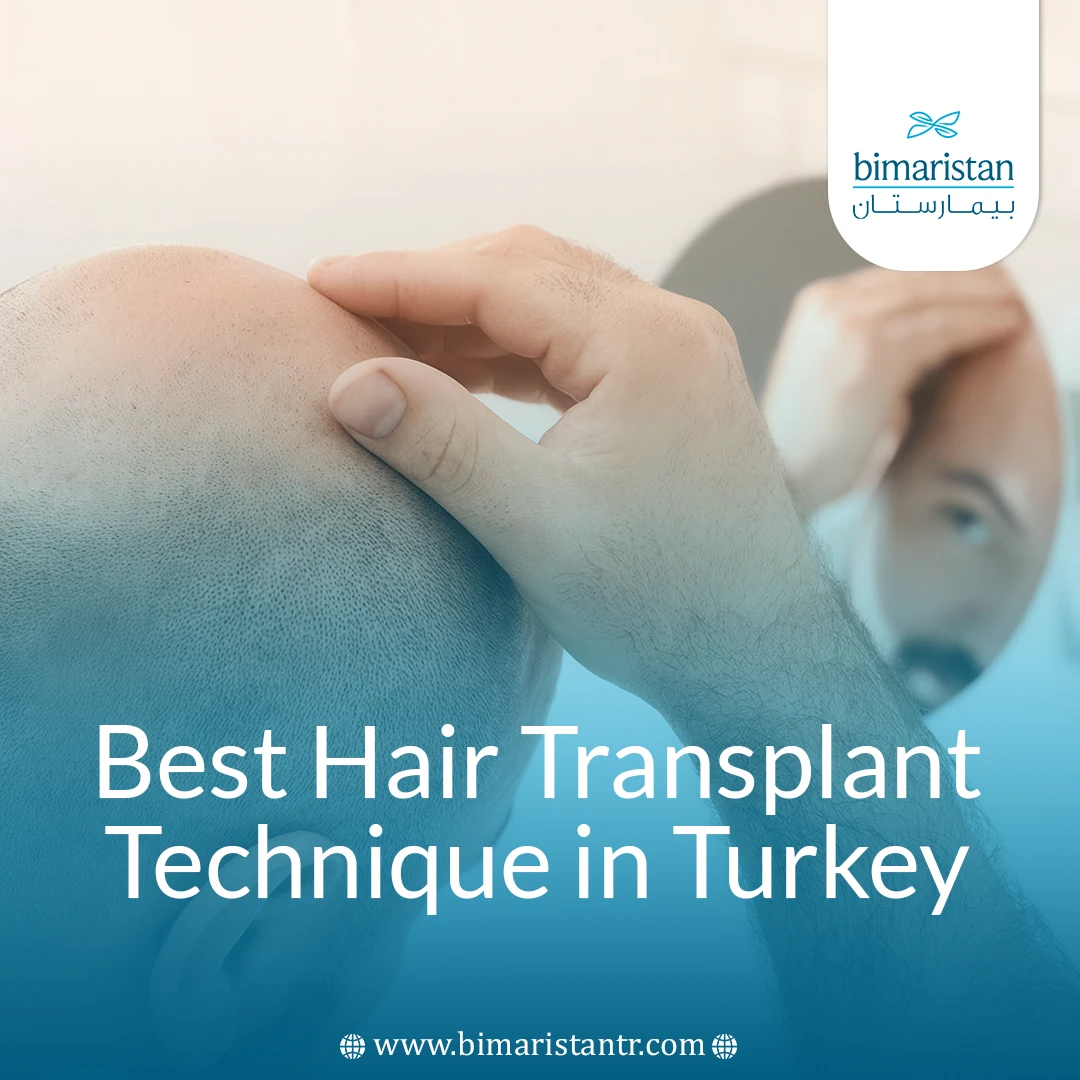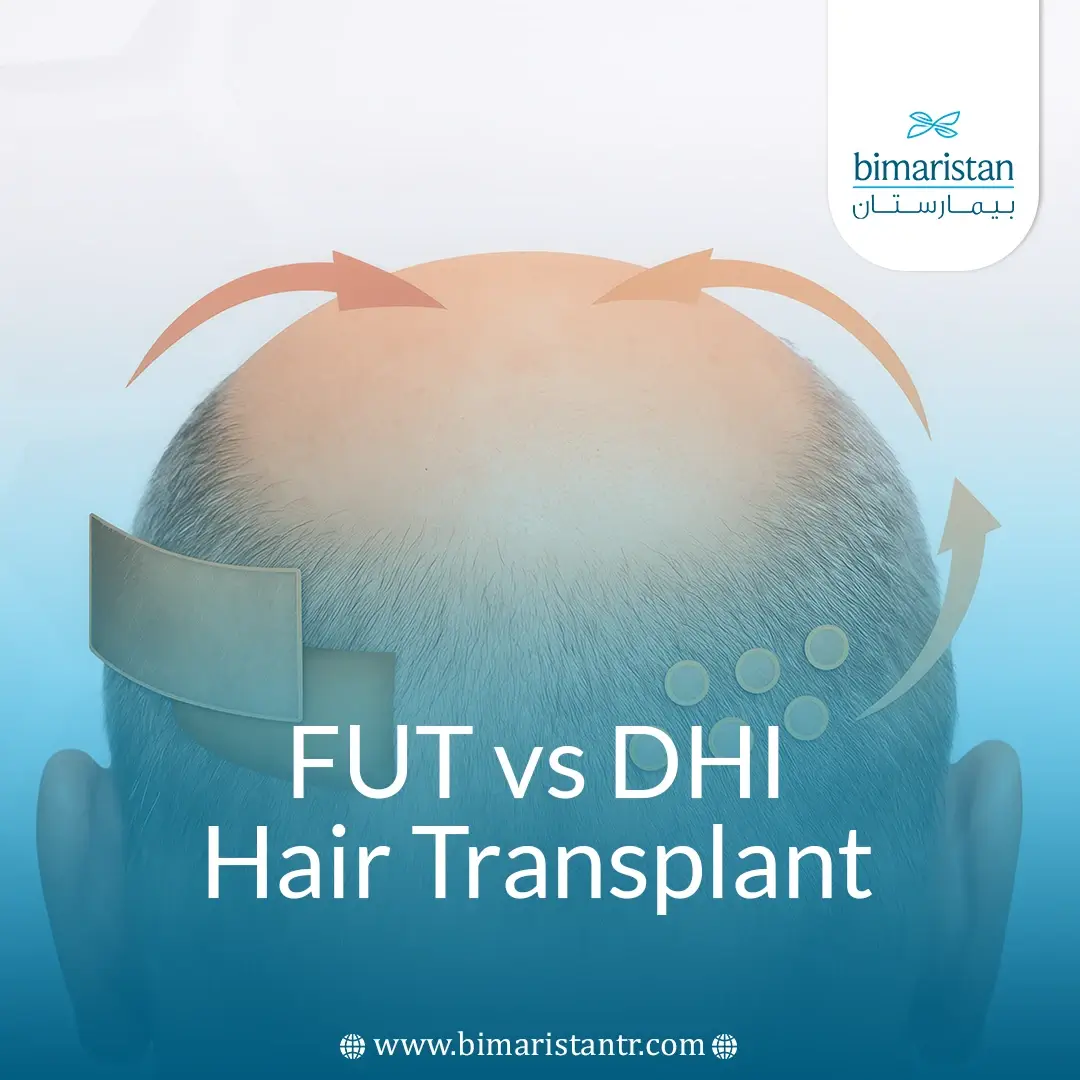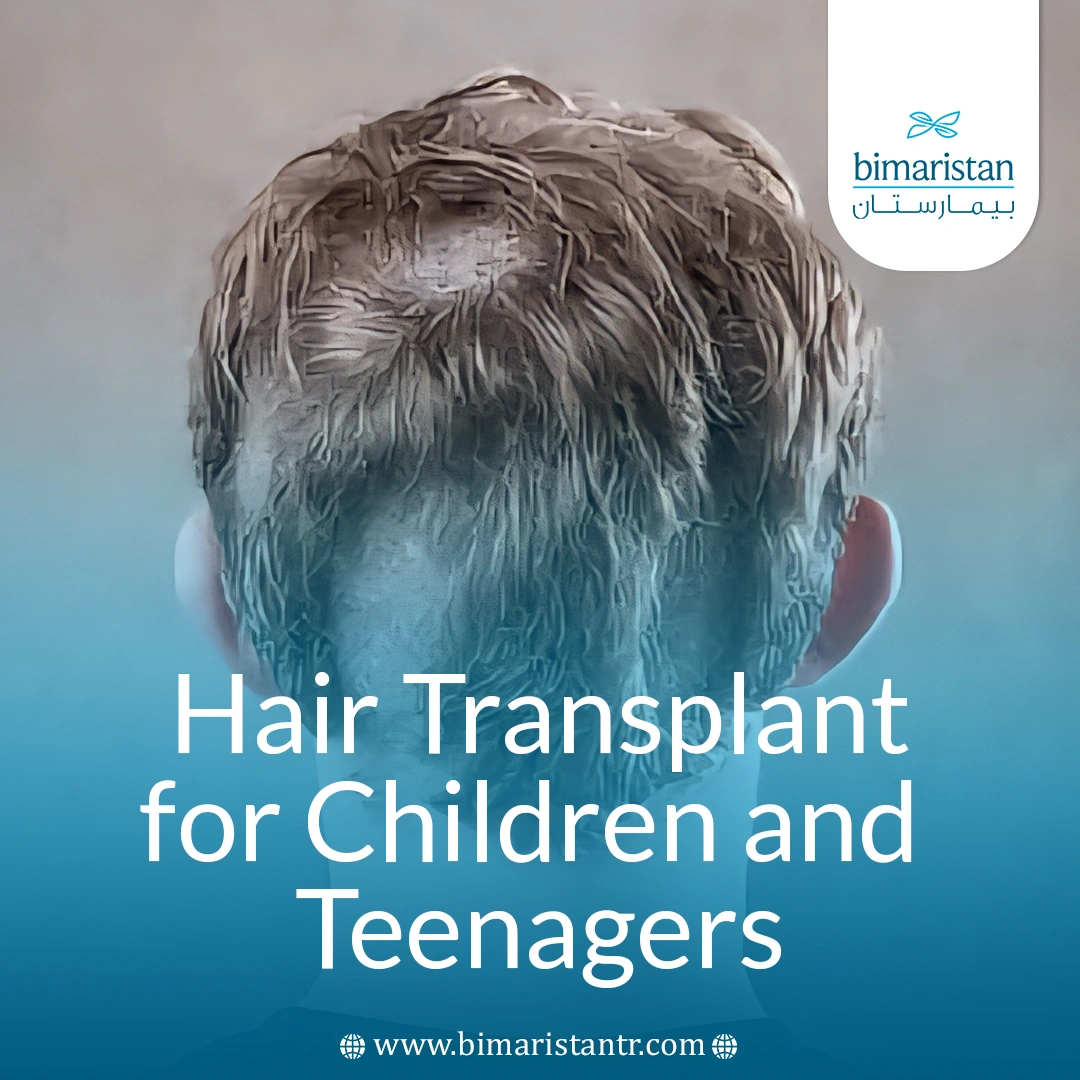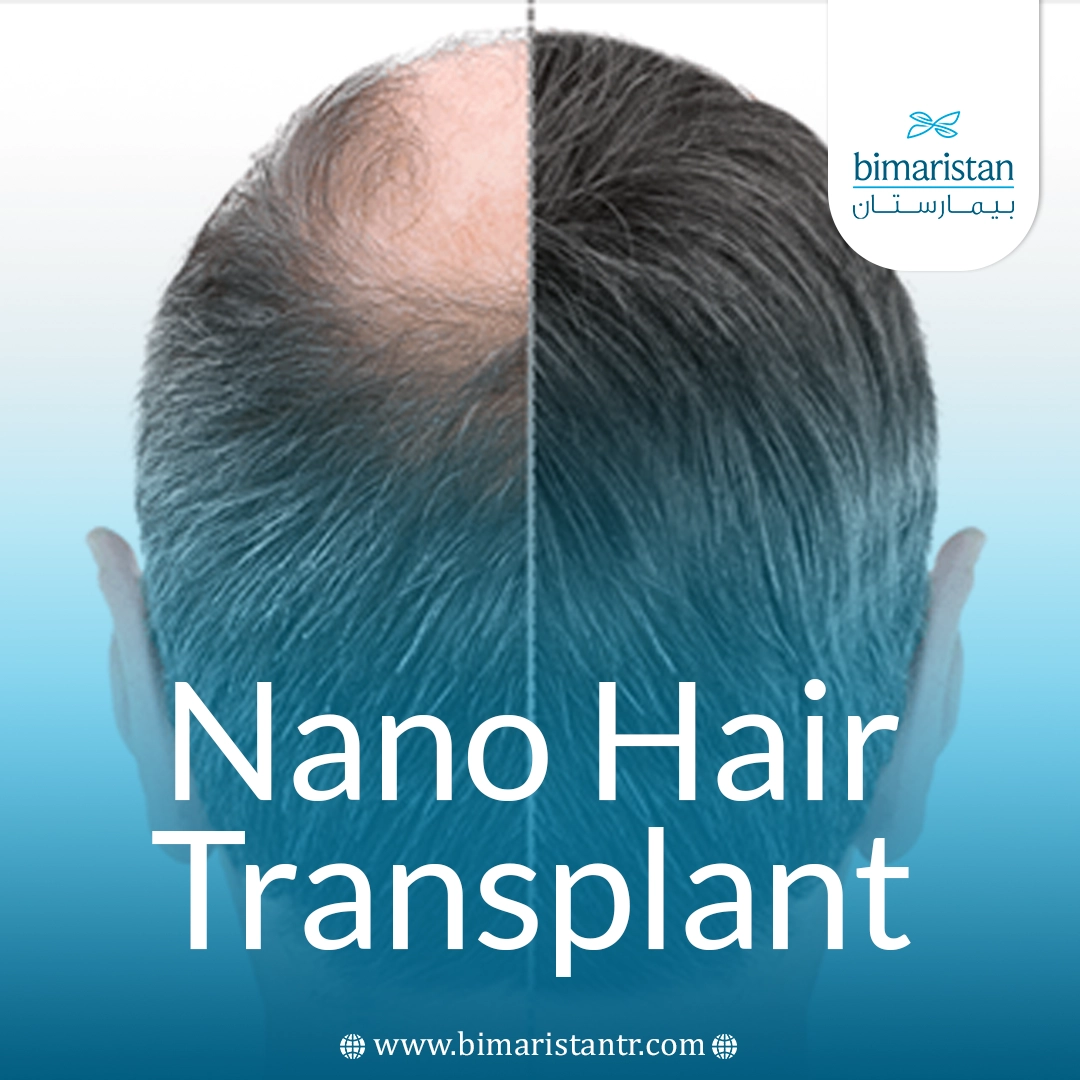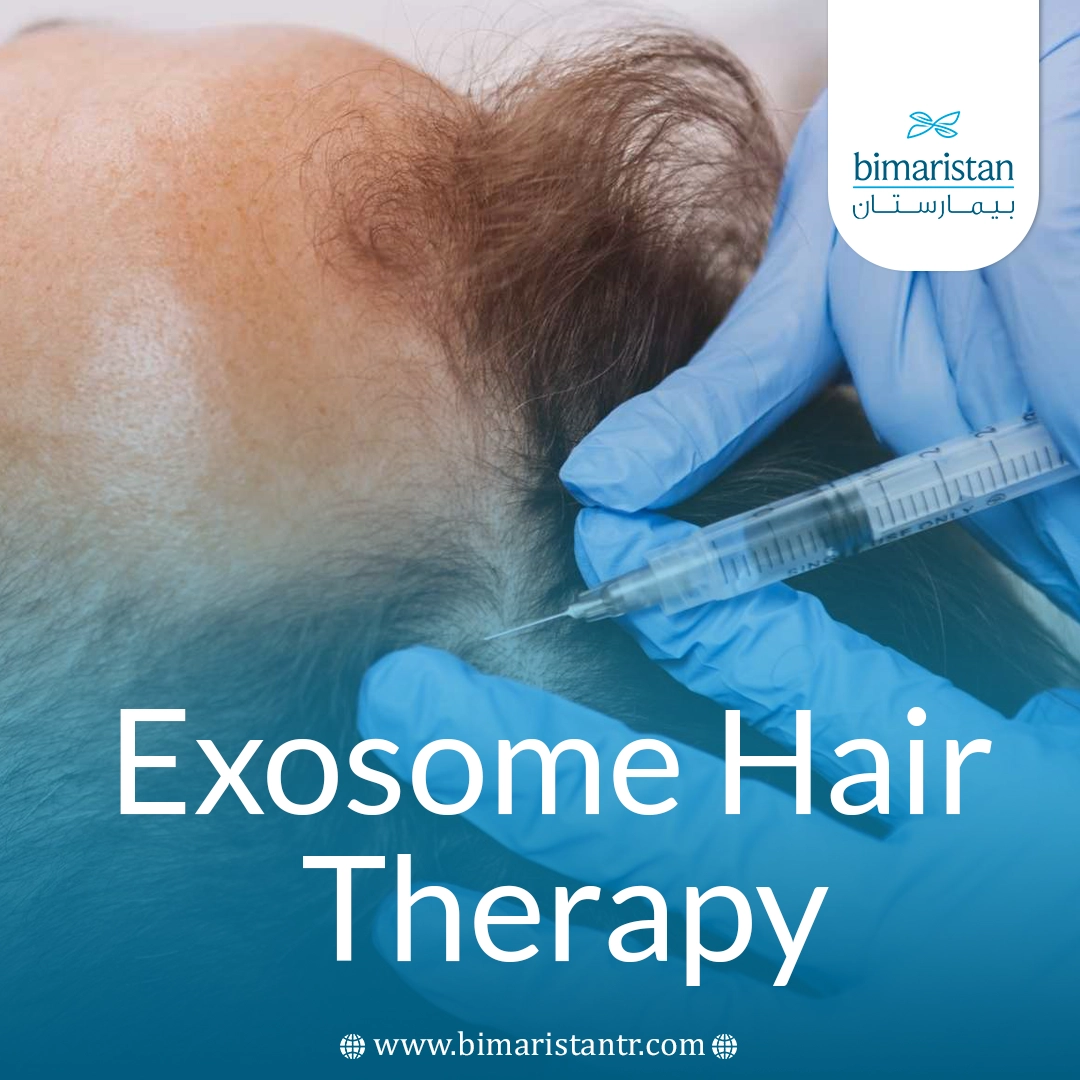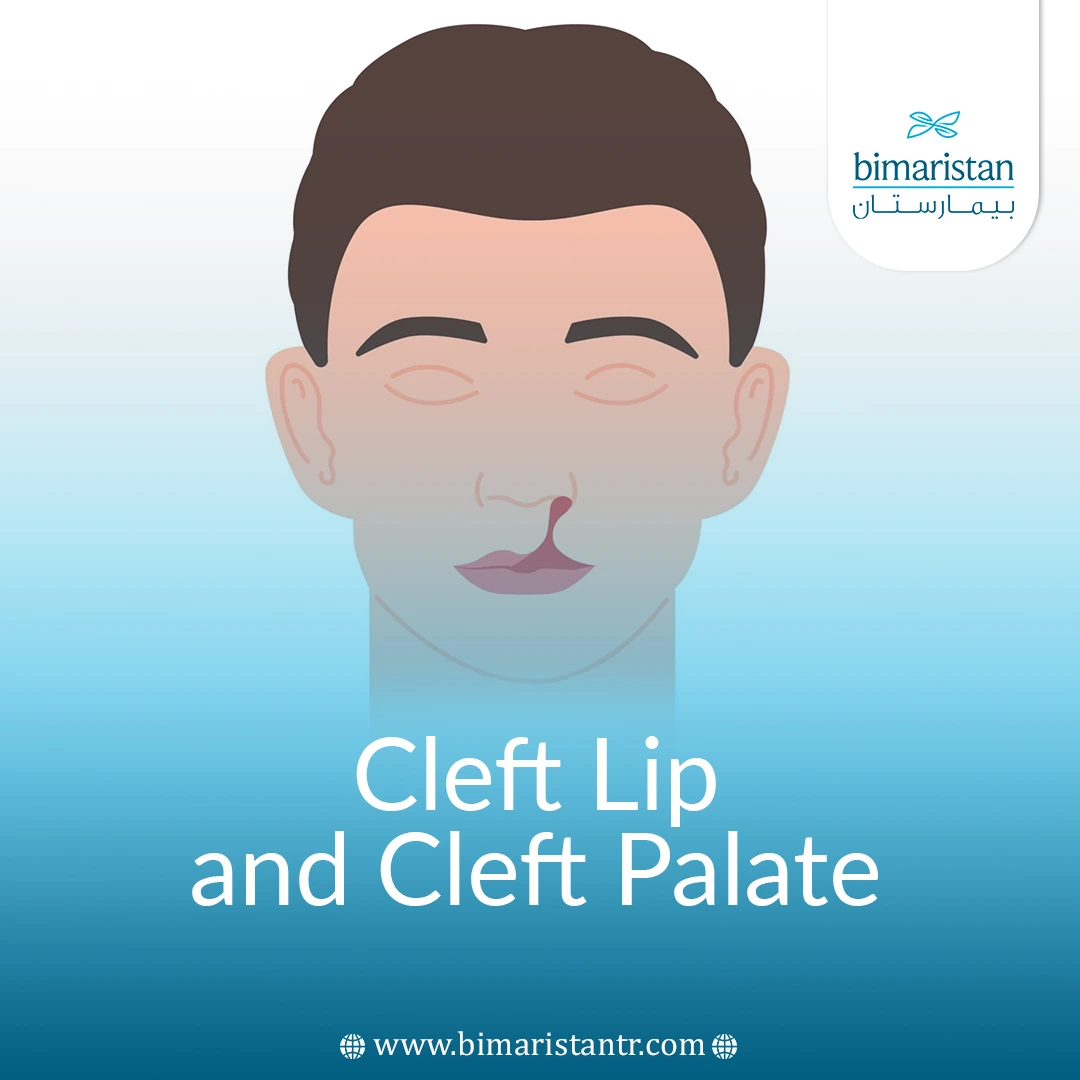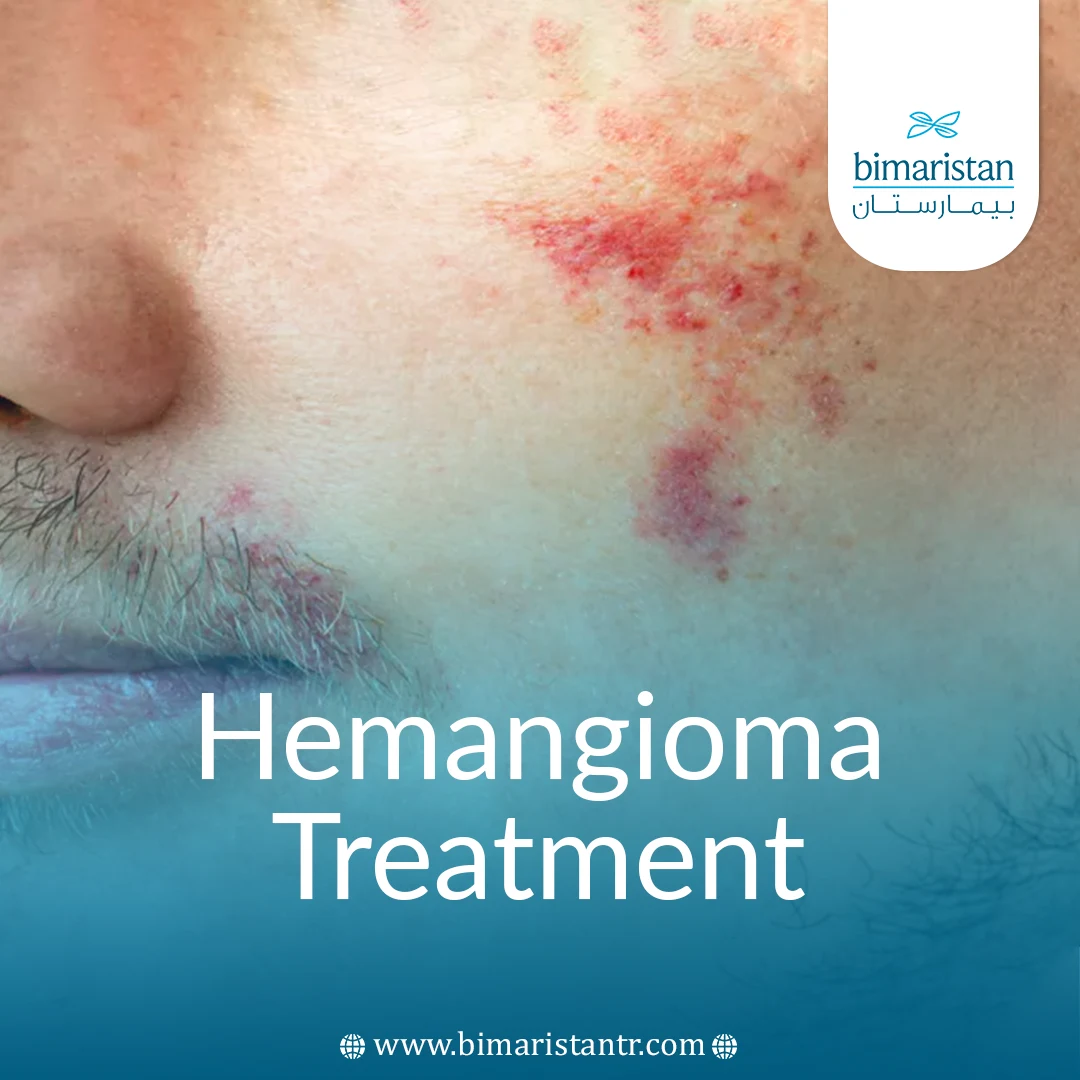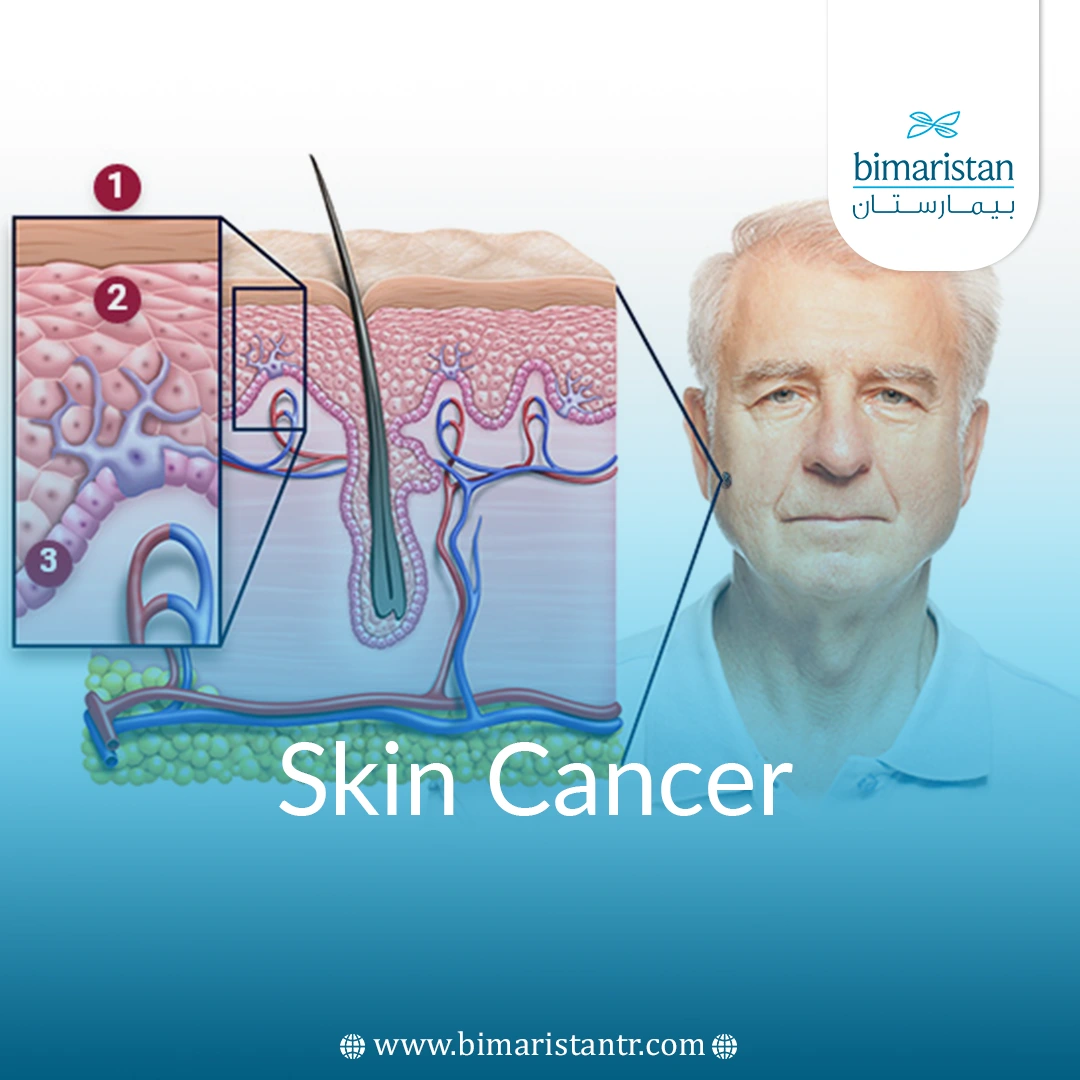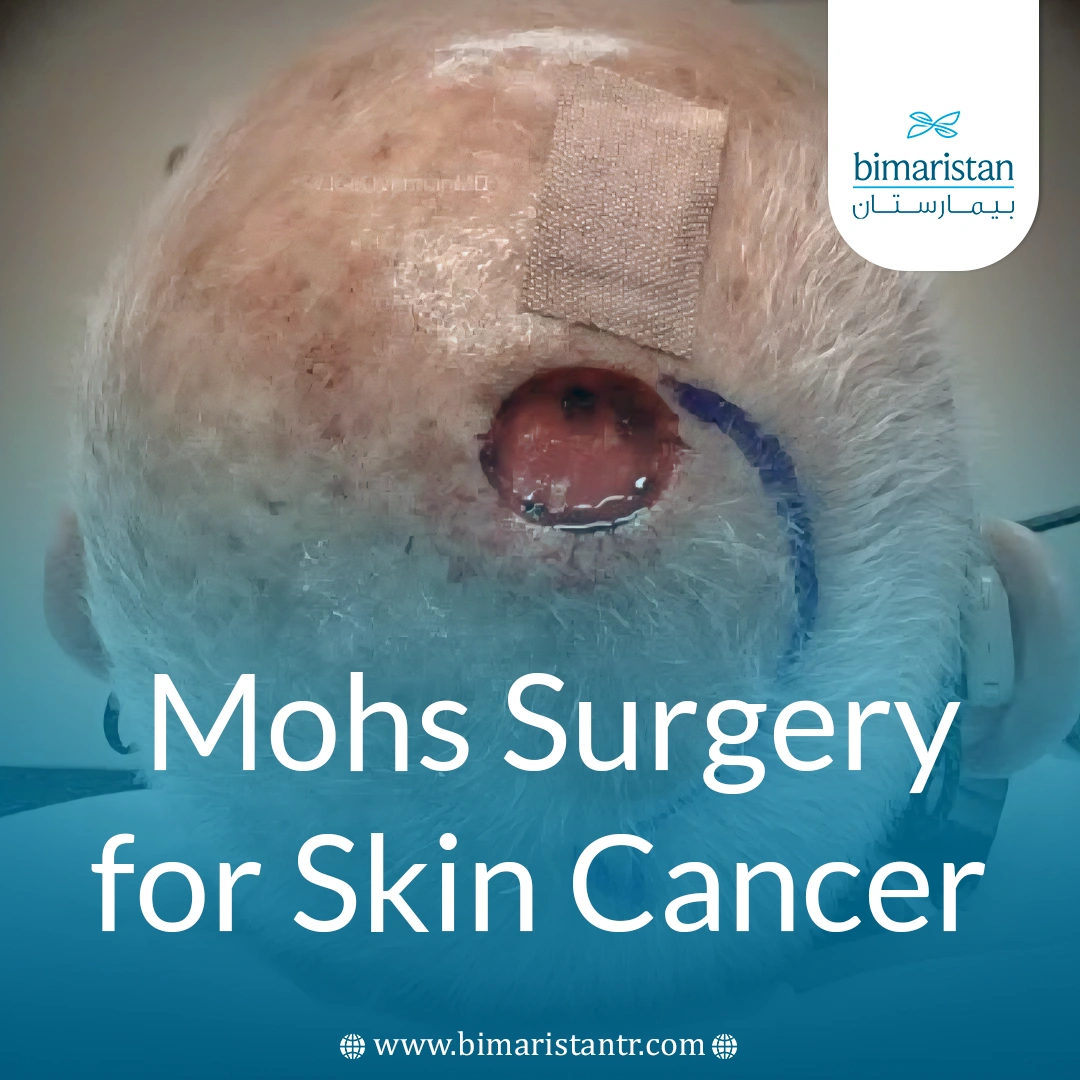
reconstructive and plastic surgery
- Hair Transplant in Turkey
- Warts and its leading causes and treatment methods
- Causes and treatment of callus
- Ways to Remove Moles from the Face
- Causes and Symptoms of Epidermoid Cyst
- Burn Surgery: Steps Towards Healing and Full Recovery
- Skin Cancers: Causes, Symptoms & Effective Treatment Guide
- Pediatric Plastic Surgery Guide: What Parents Need to Know About Procedures and Outcomes
aesthetic
- Bat Ears Treatment Without Surgery – Prominent Ear Cosmetic
- Photodynamic Therapy
- Gynecomastia Natural Treatment
- Gynecomastia in Men, Causes and Treatment in Turkey 2025
- Prominent Ear Treatment Cost in Turkey: Your Comprehensive 2025 Guide
- Rhinoplasty: Complete Guide to Types, Benefits, and Costs
- Body Sculpting and Liposuction in Turkey
burn surgery
dermatology
hair transplant
- Benefits of PRP for Hair and Face in Turkey
- Beard and Mustache Transplantation in Turkey
- NeoGraft Hair Transplant in Turkey
- Robotic hair transplant in Turkey
- Plasma Injection for Hair after Transplantation in Turkey
- DHI Hair Transplantation and Its Cost
- Hair Transplant for Women
- Best FUE Hair Transplant & Its Cost
- Benefits of Stem Cells Hair Therapy in Turkey
- Treatment of Hereditary Baldness
- Reasons for Hair Loss in Women and Its Treatment
- Beard Hair Transplant Surgery in Turkey
- Best Hair Transplant Technique in Turkey: DHI vs FUE Compared
- FUT vs DHI Hair Transplant: Which is Better for You?
- Hair transplants for children and teens: A comprehensive guide to causes and treatment
- Nano Hair Transplant: Advanced Technology for Natural Results and Maximum Density
- Hair Transplant Results: What to Expect
- Exosome hair therapy: The latest in natural hair regeneration
